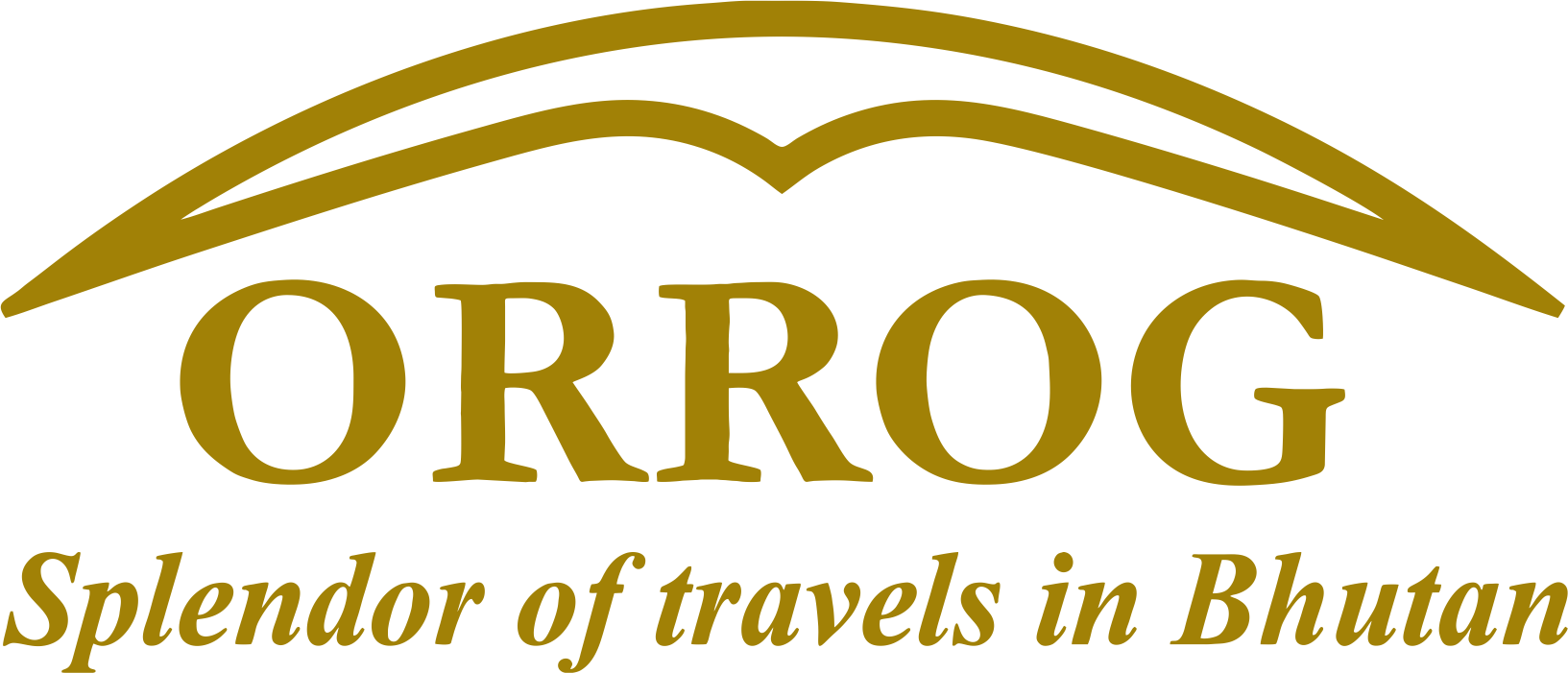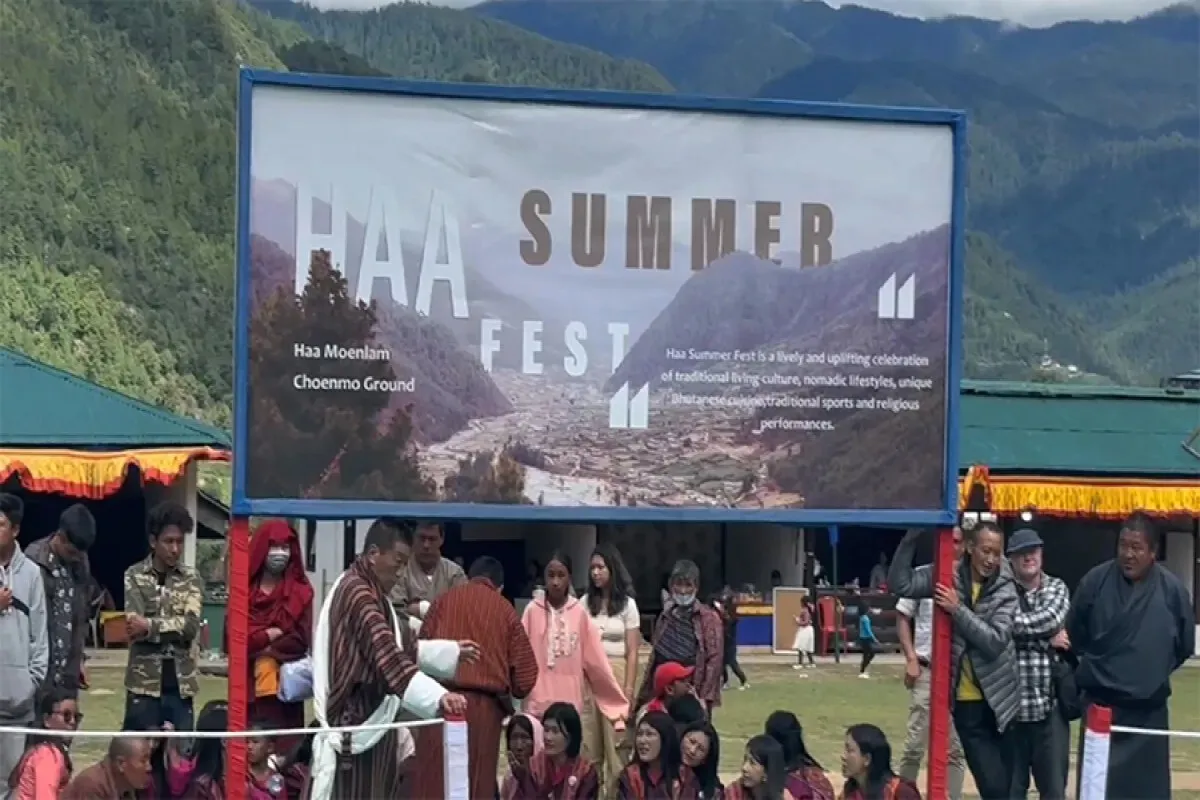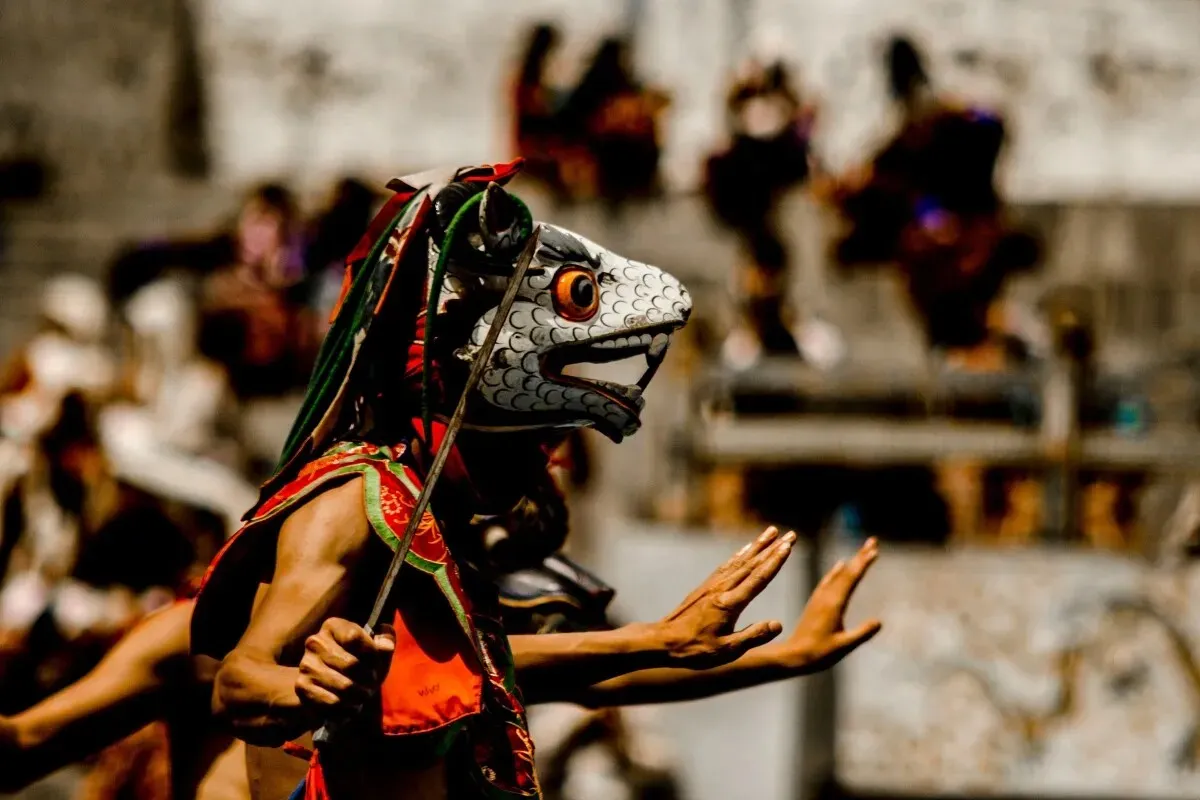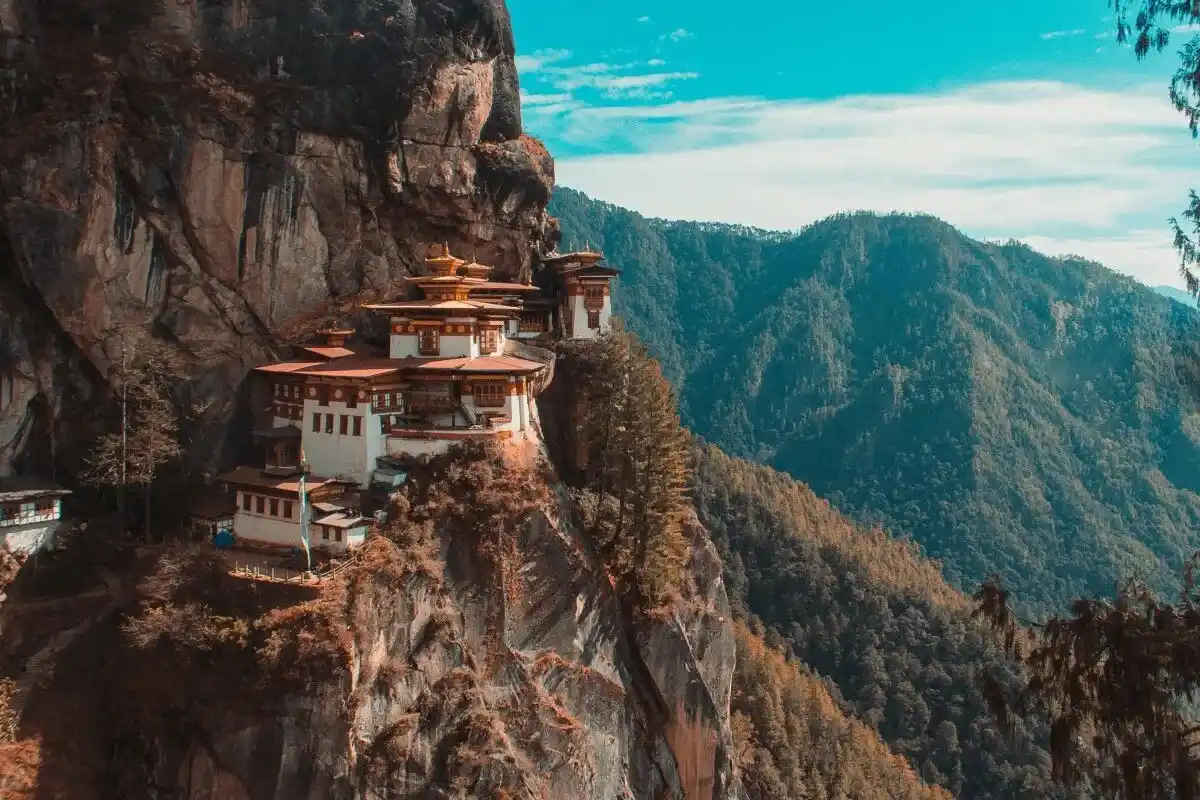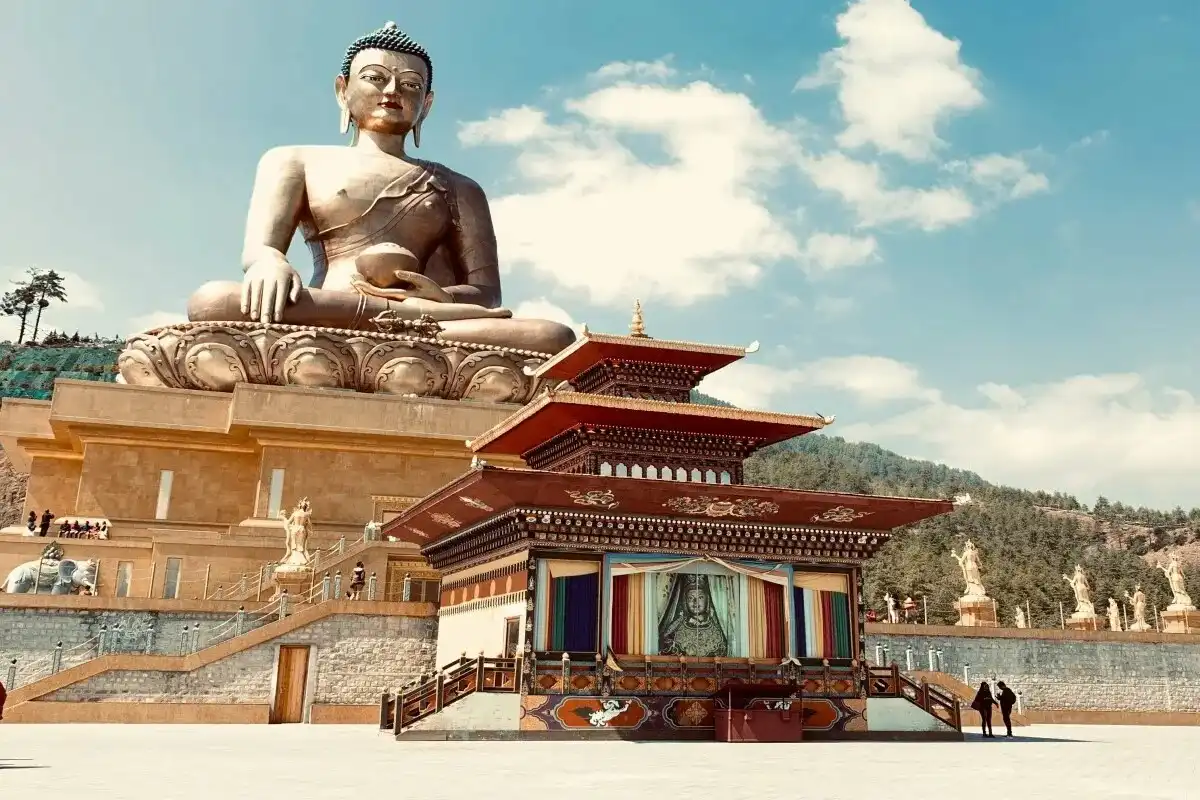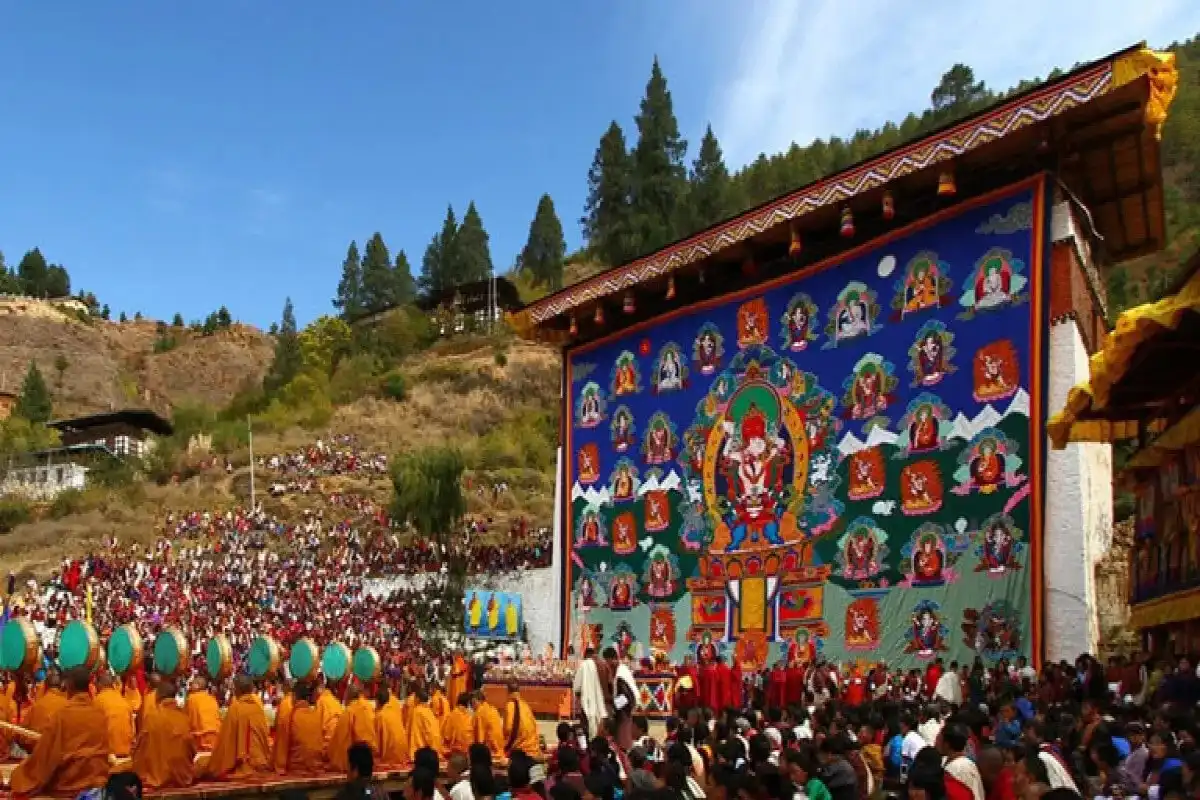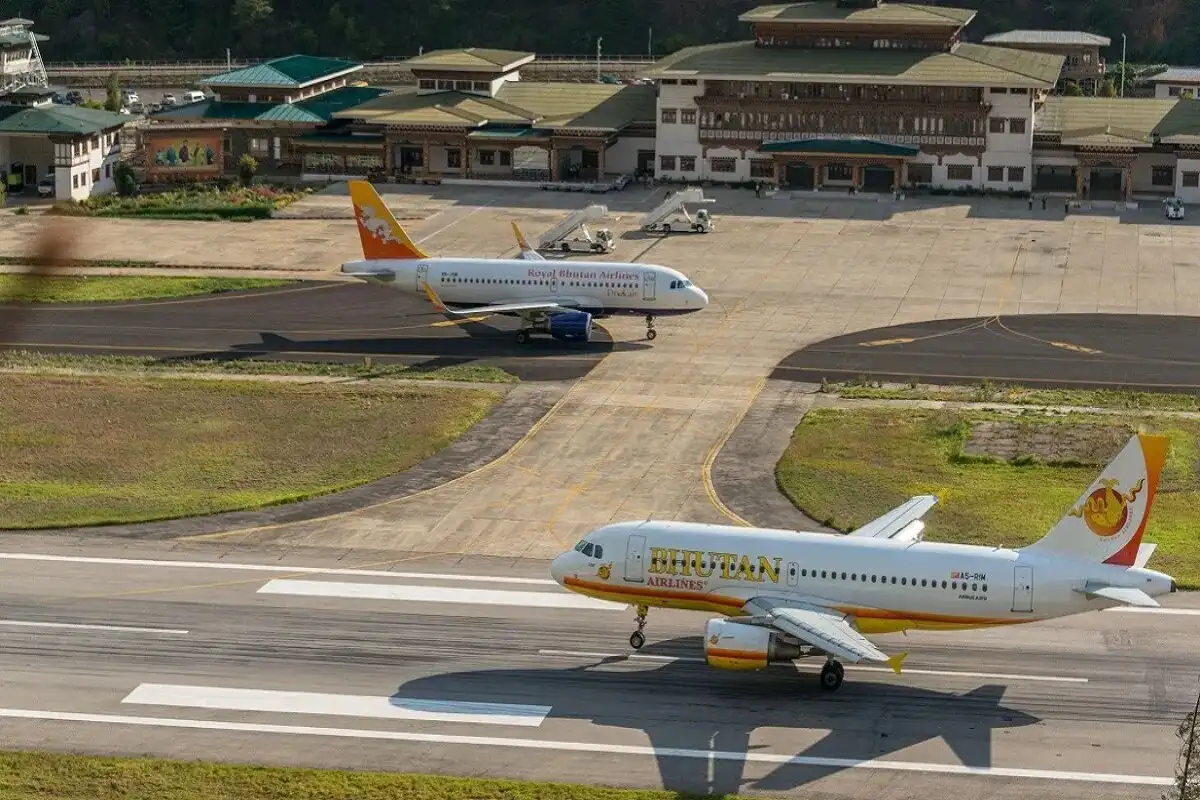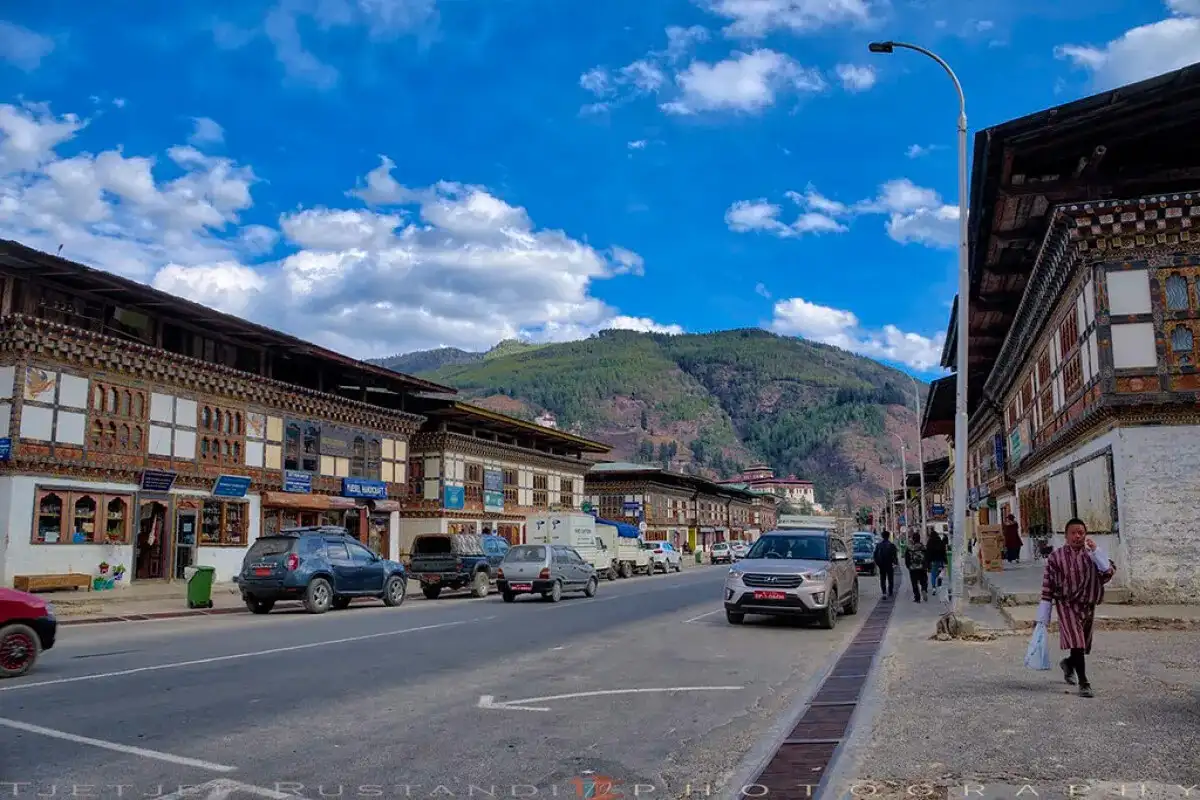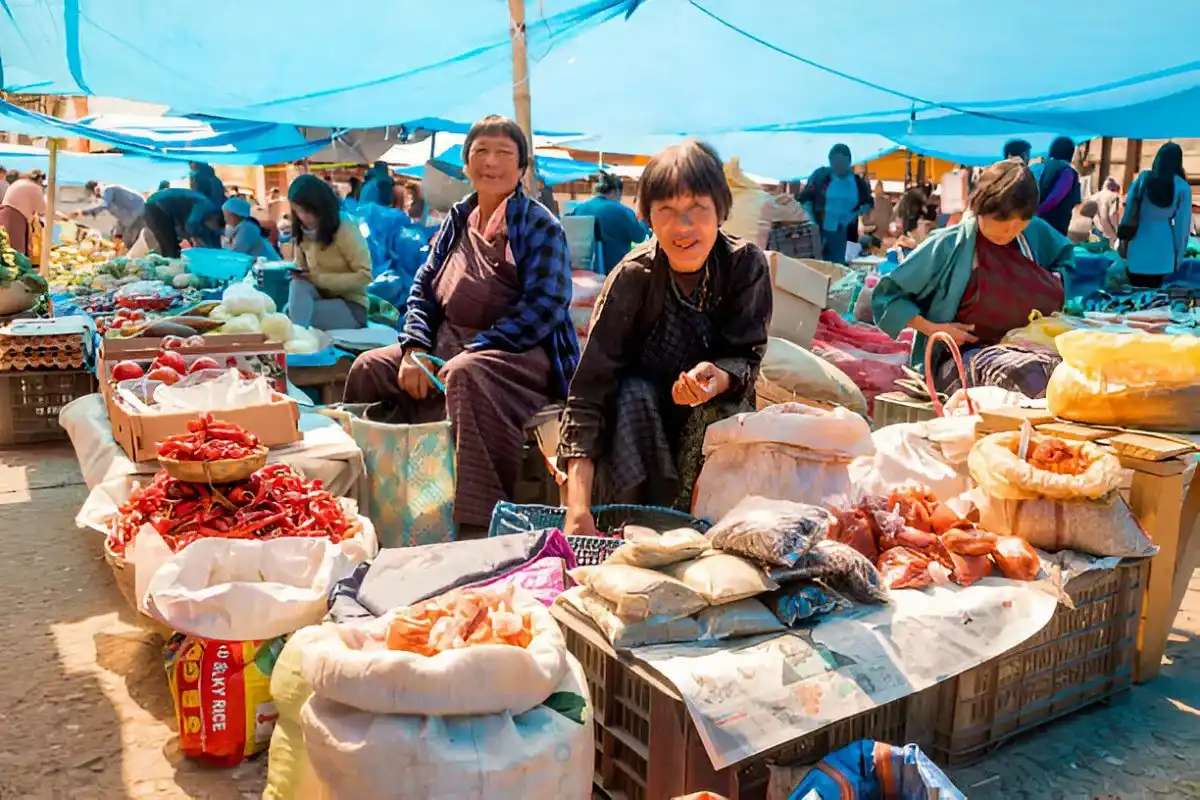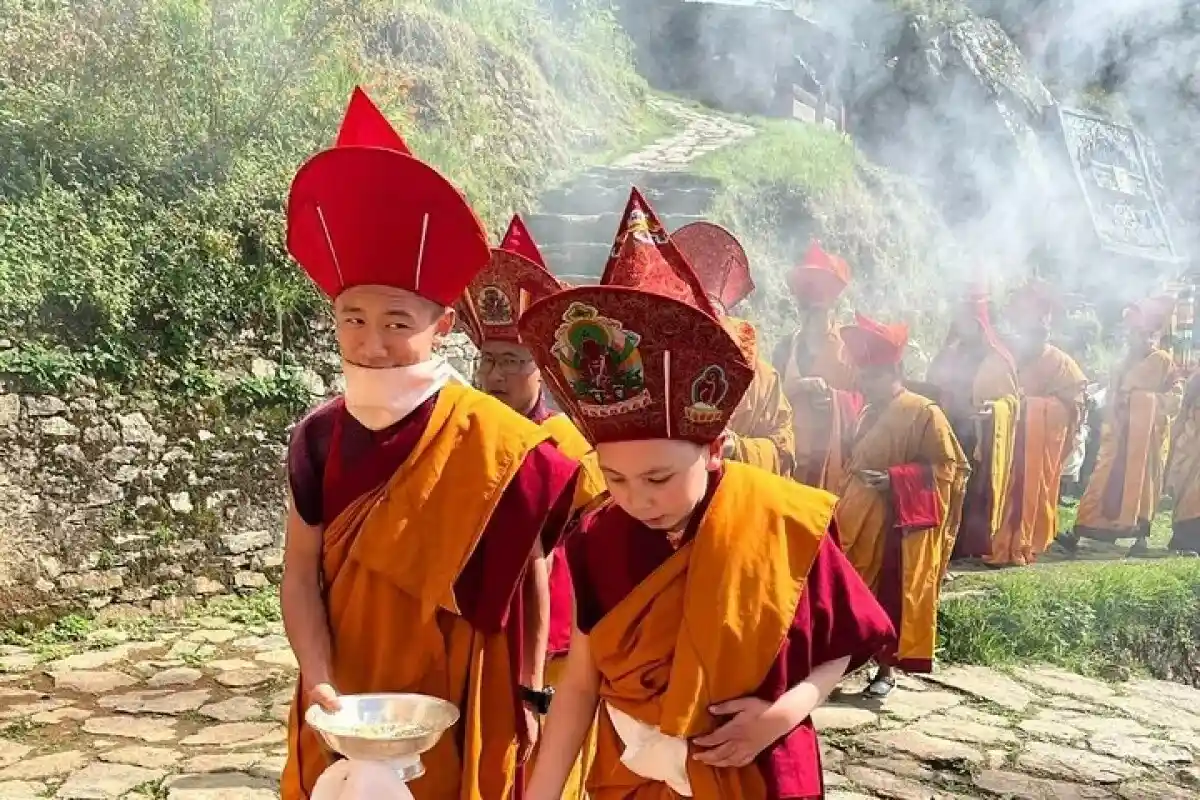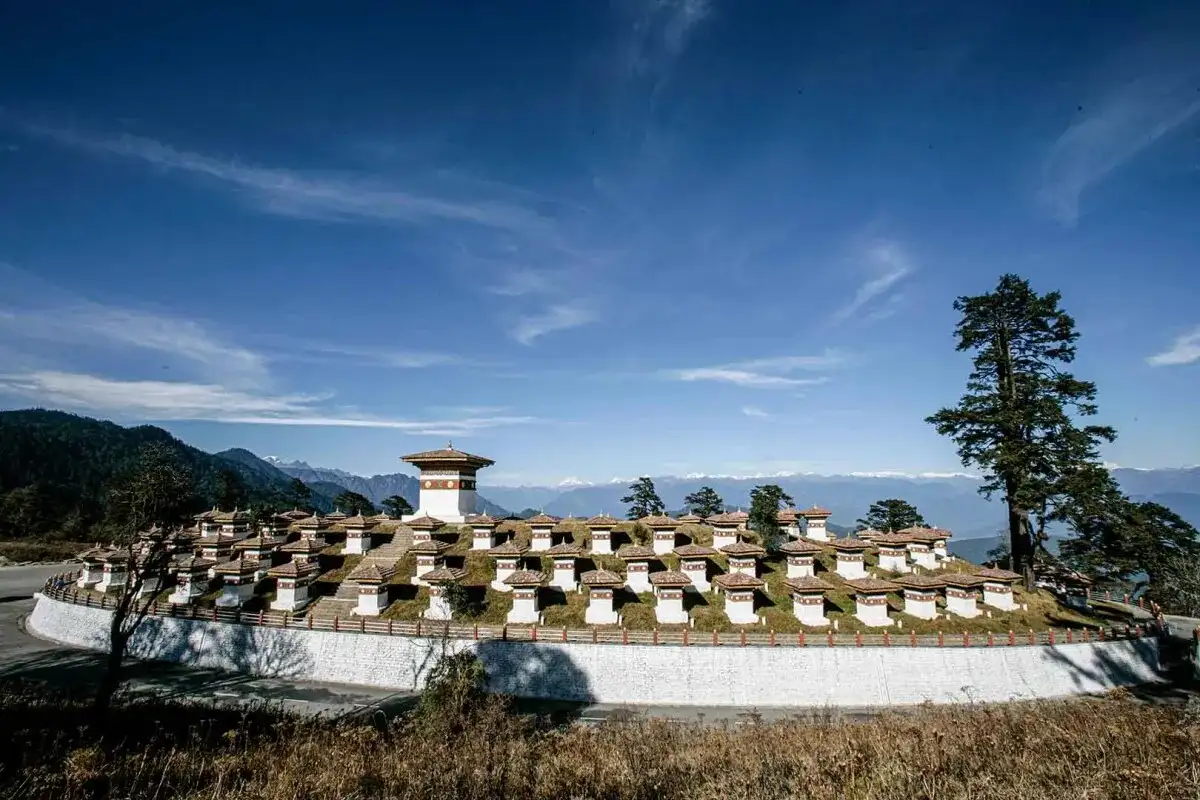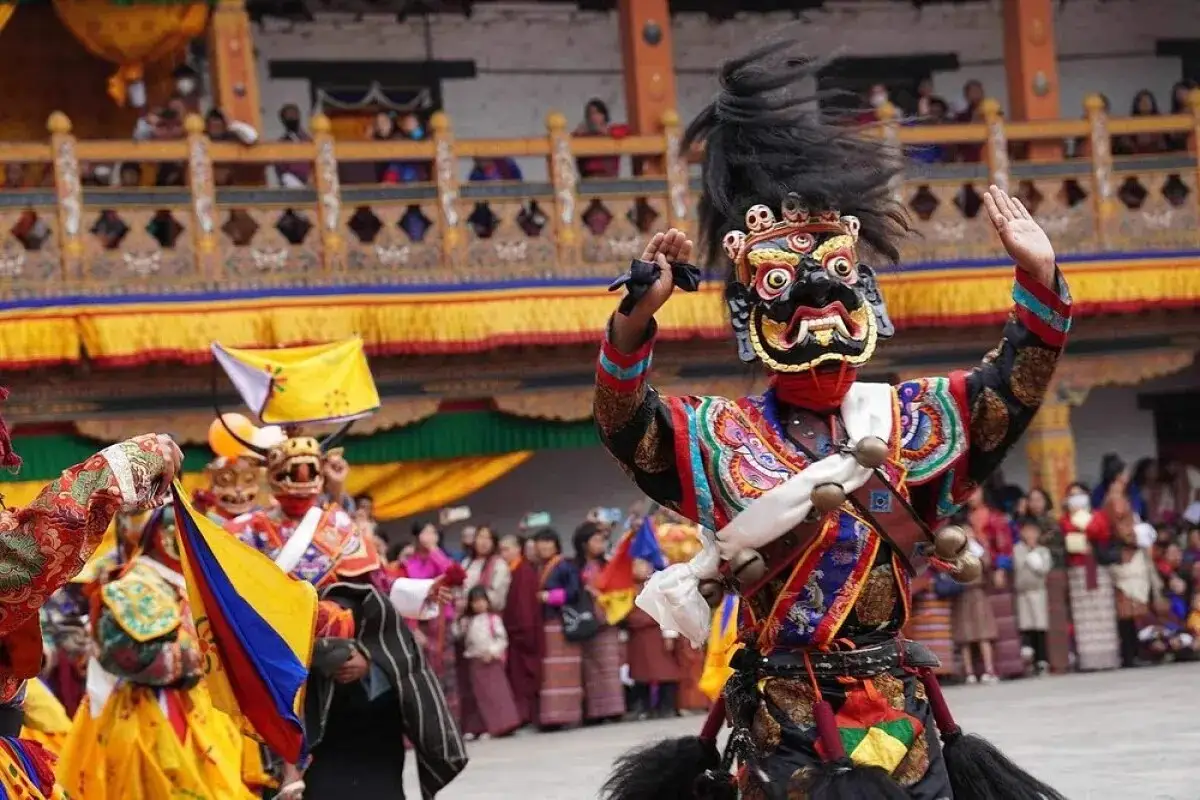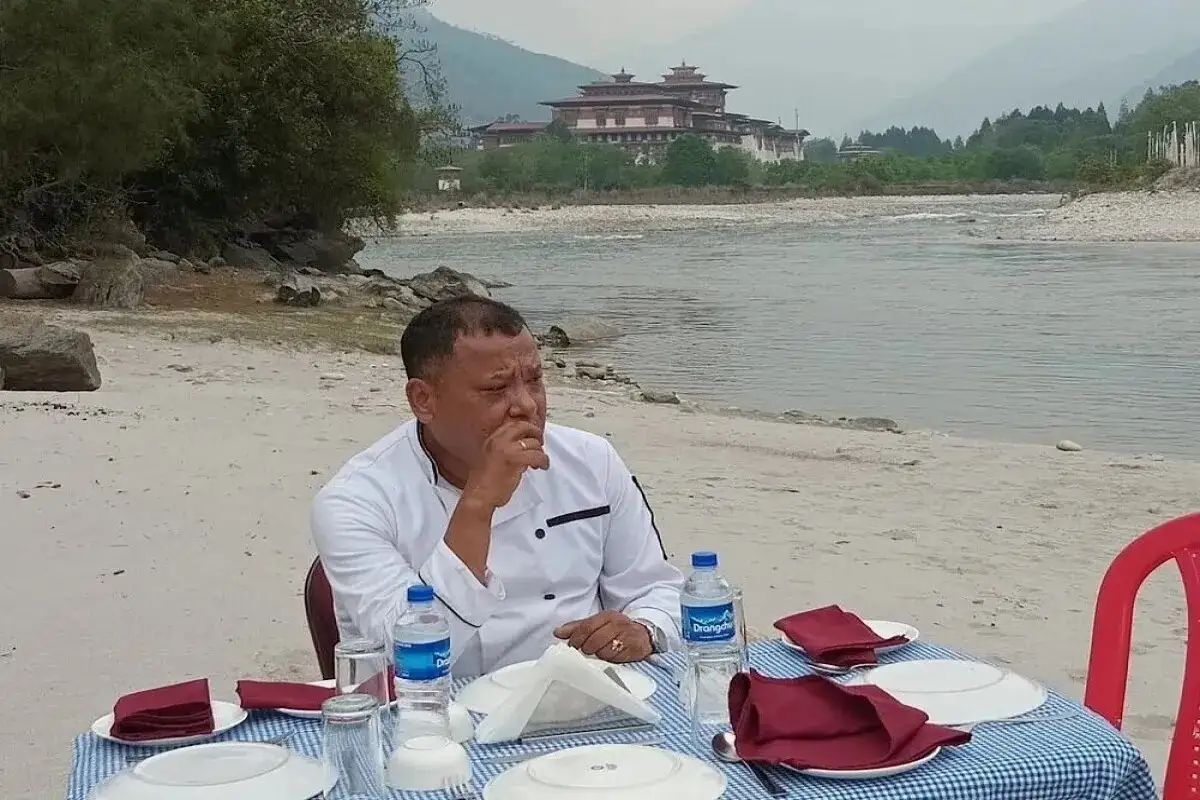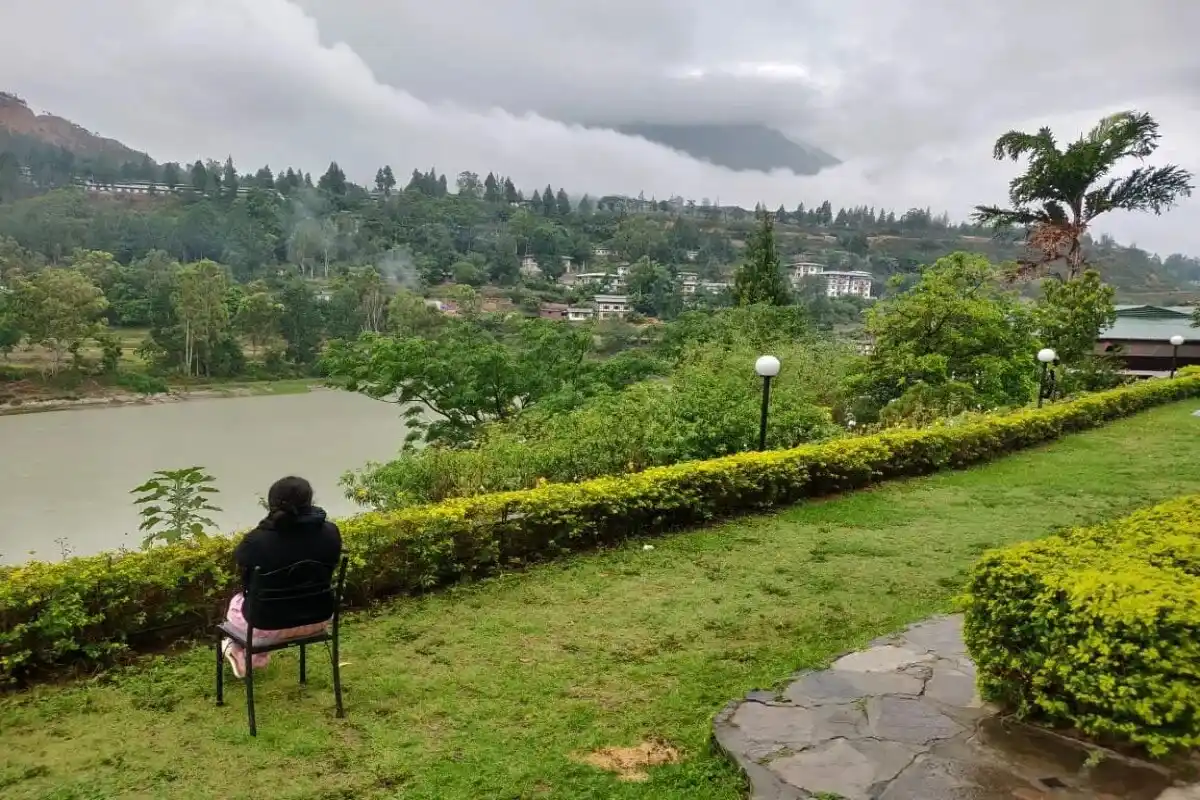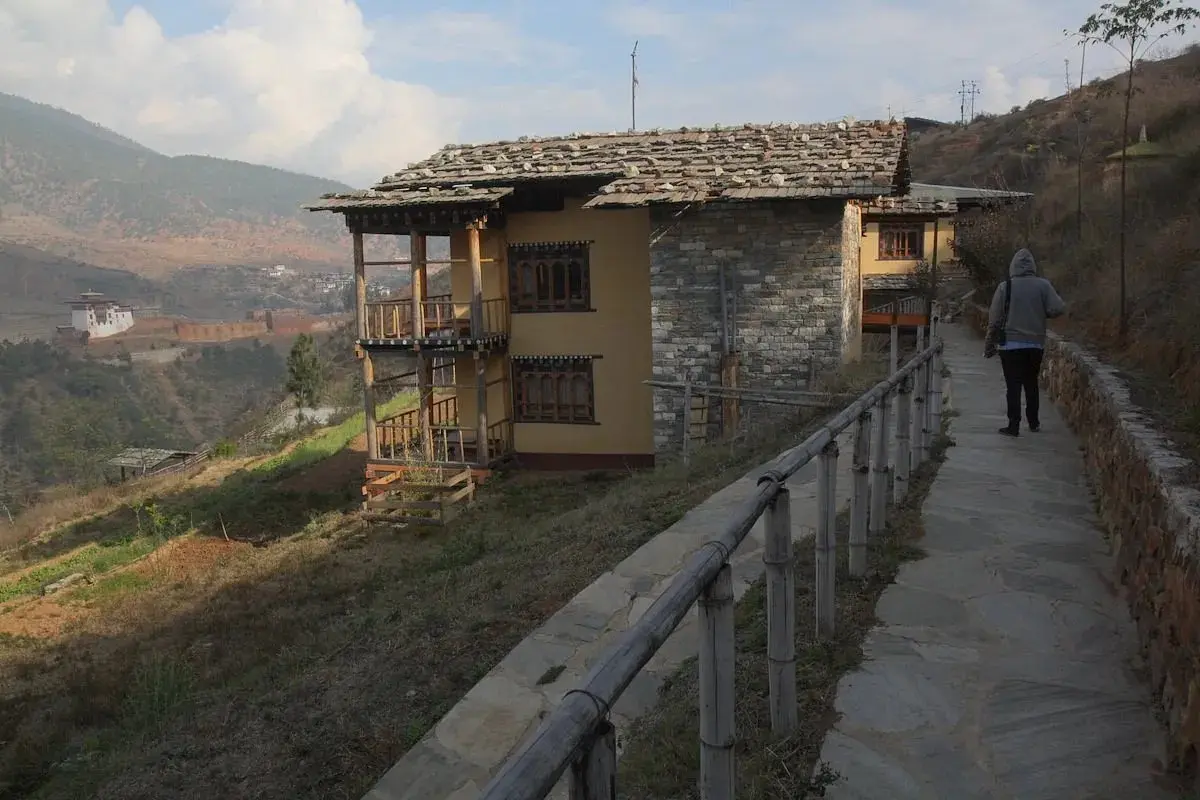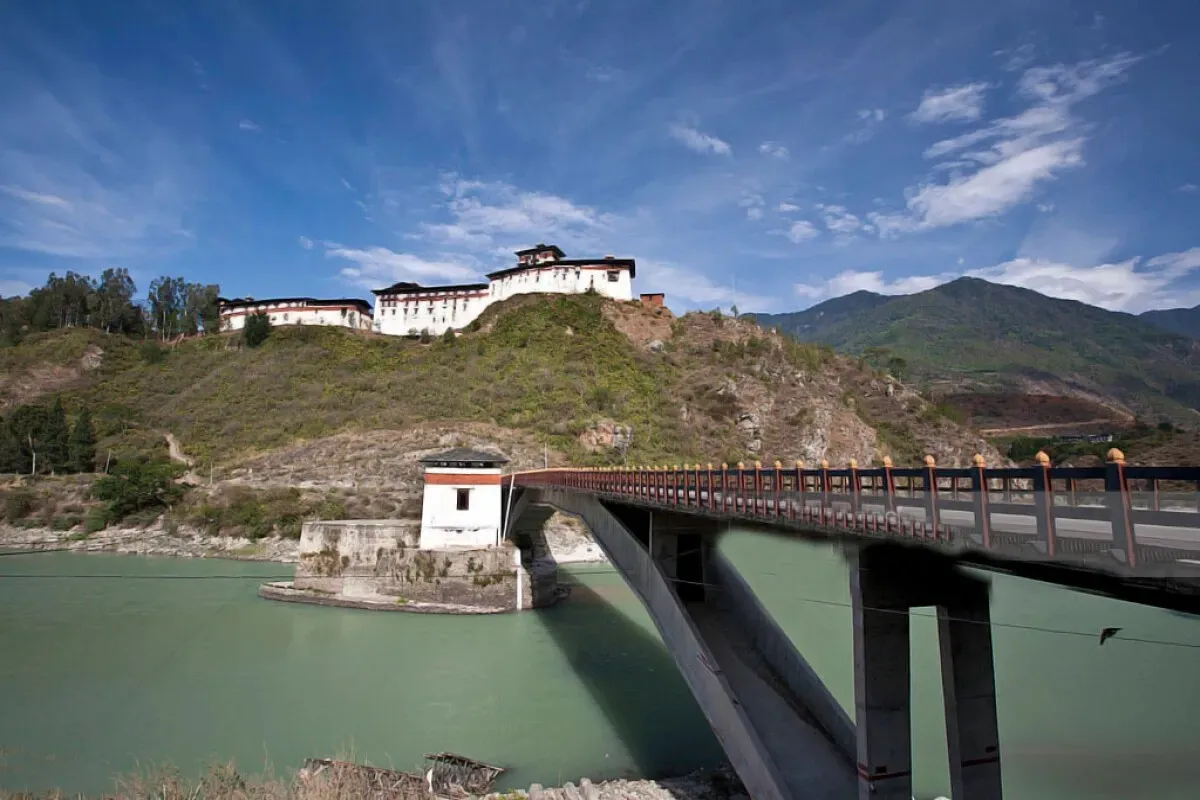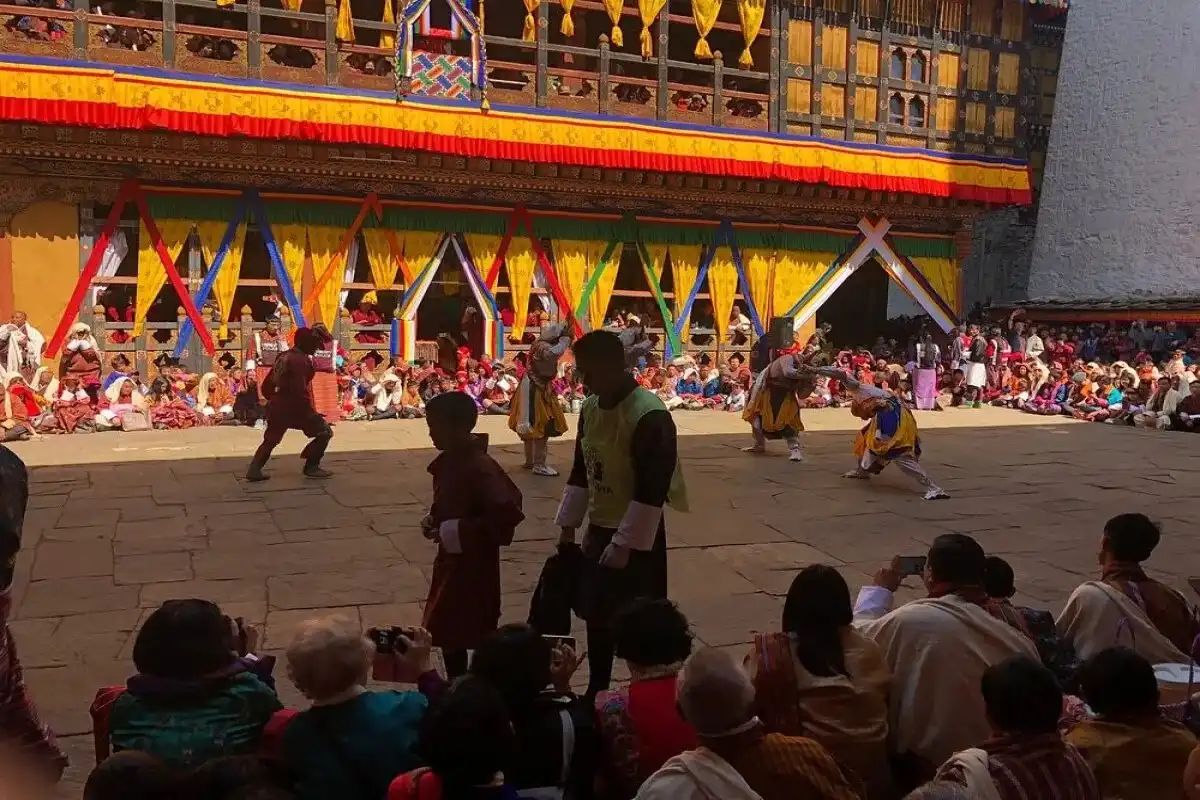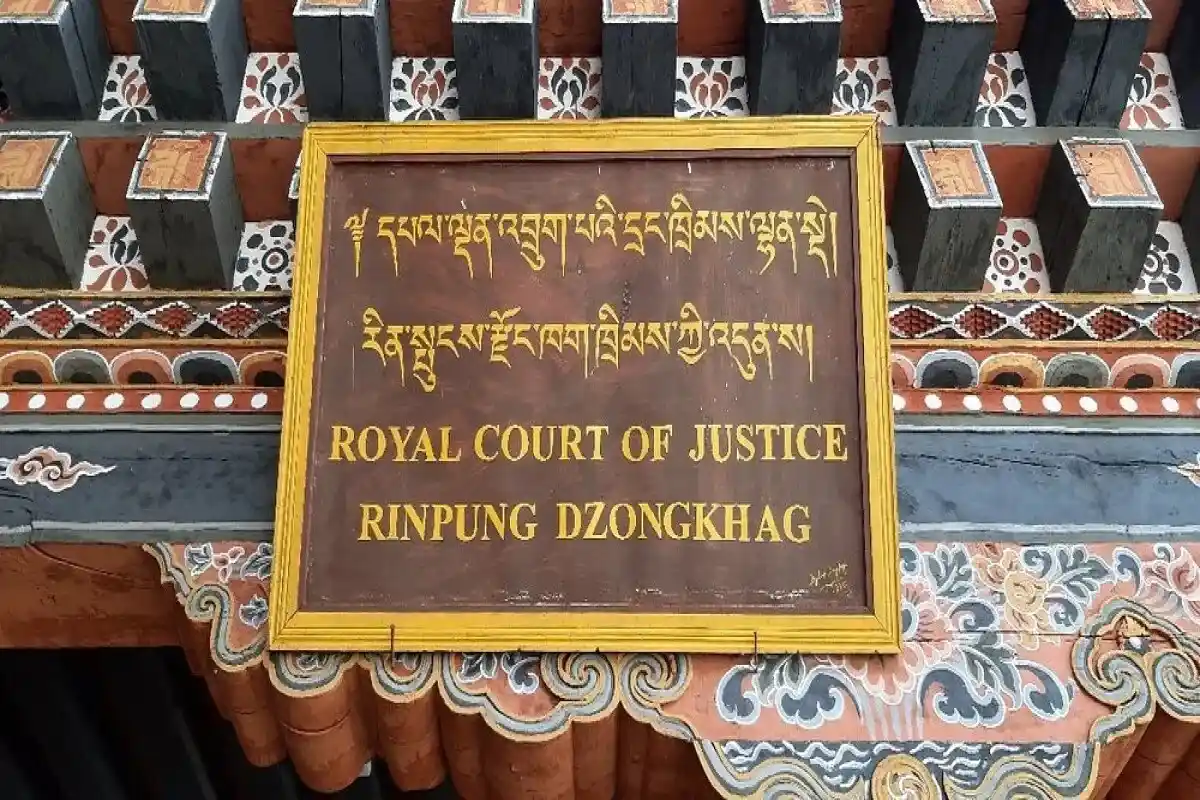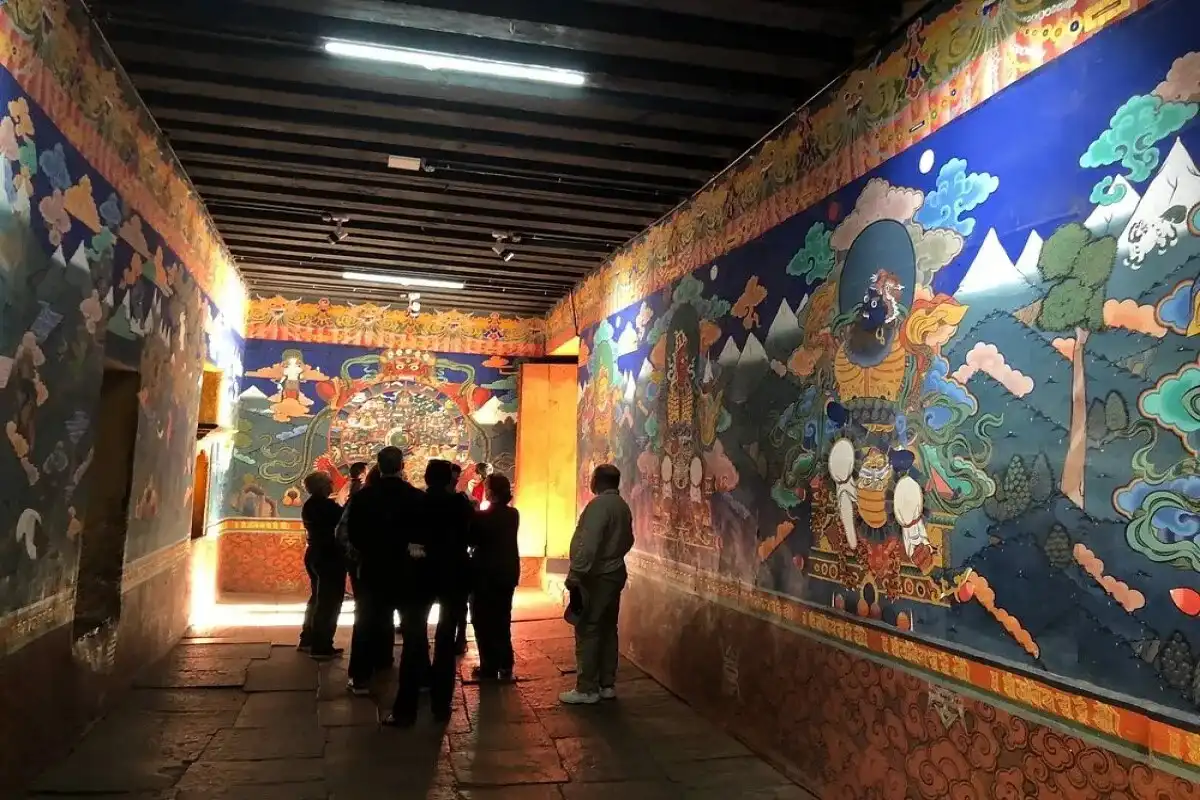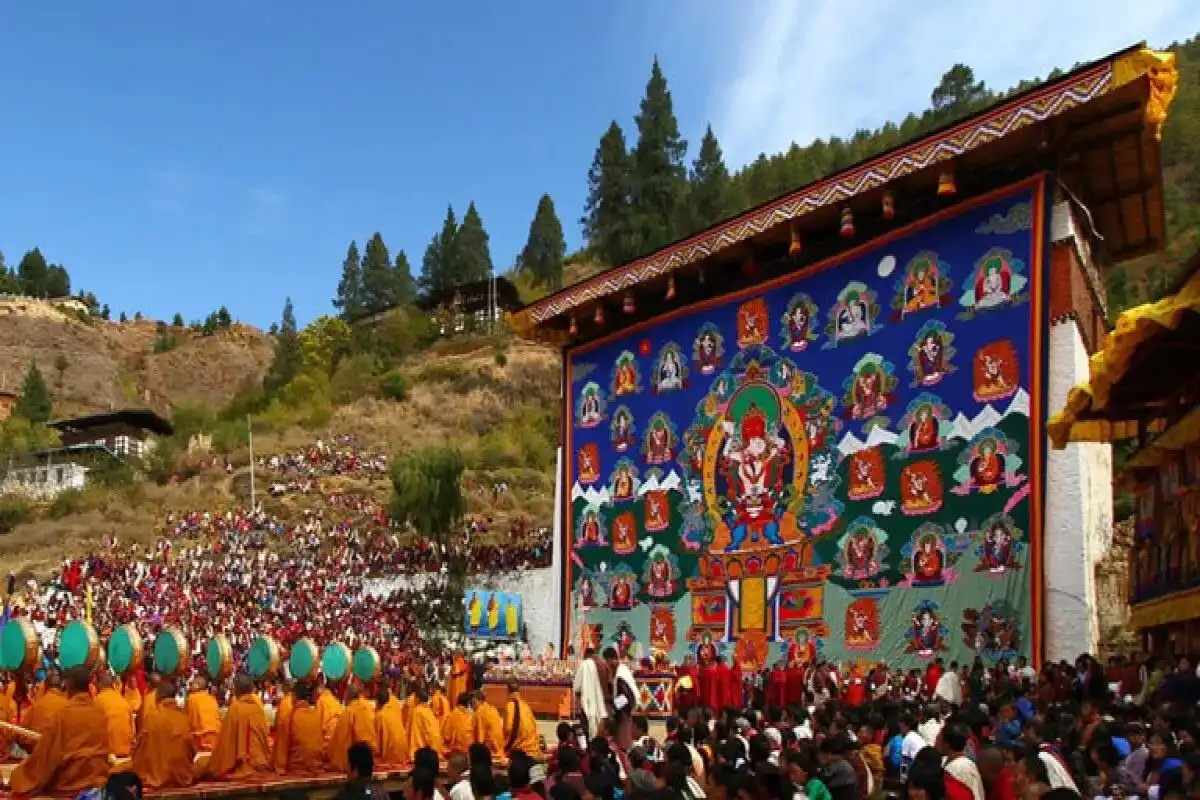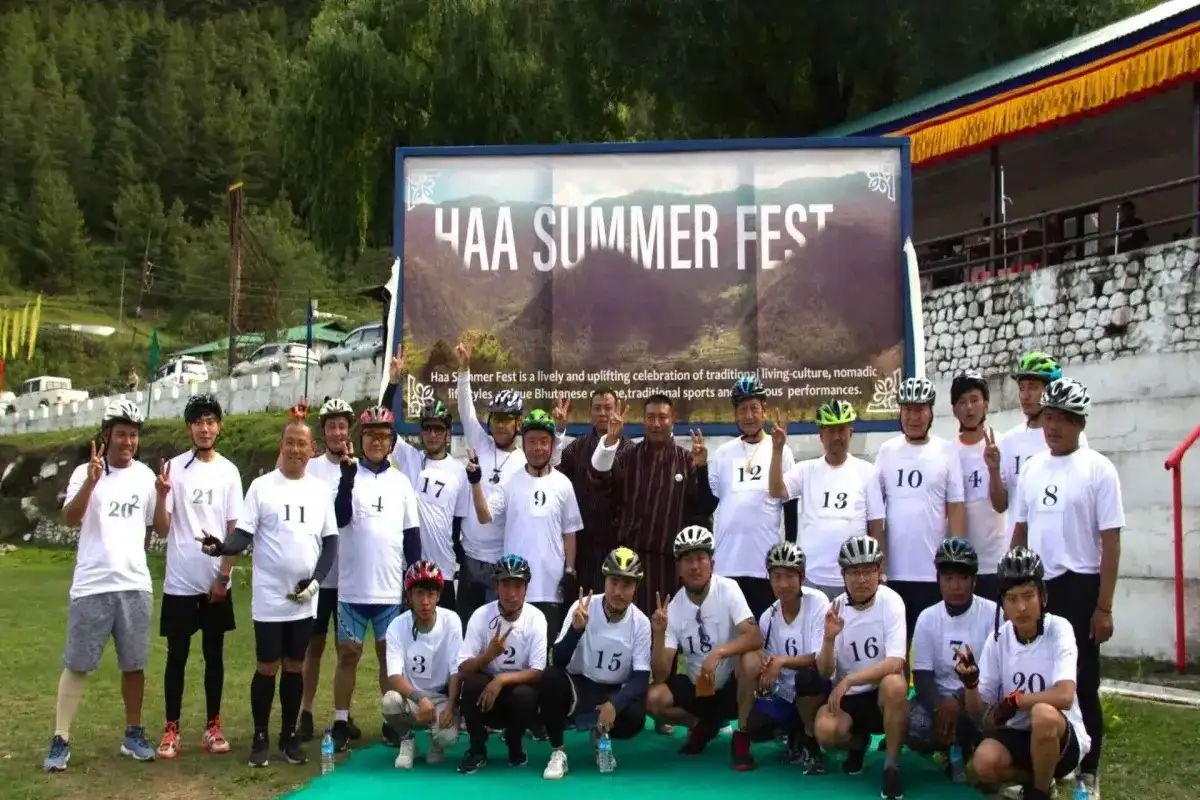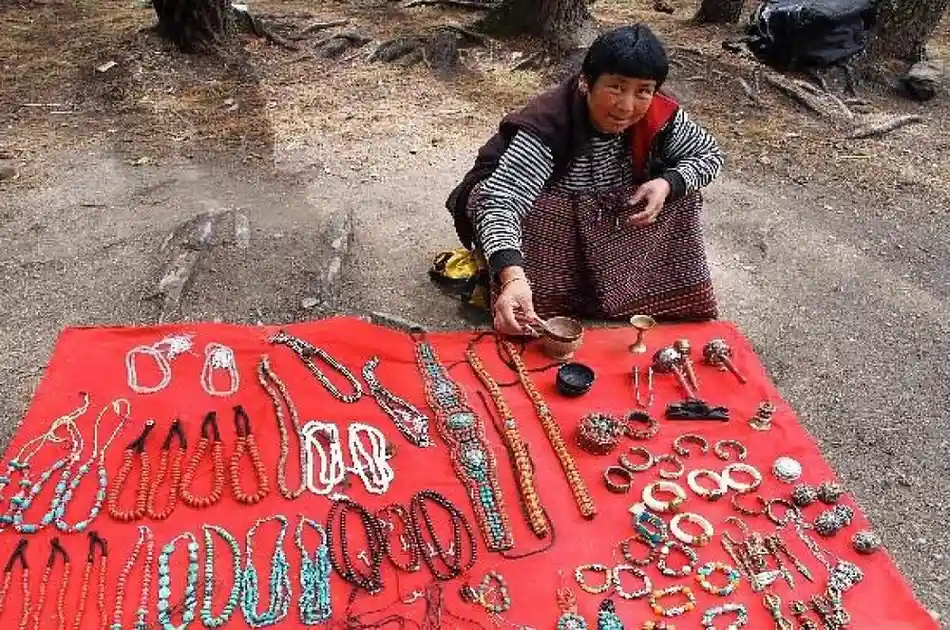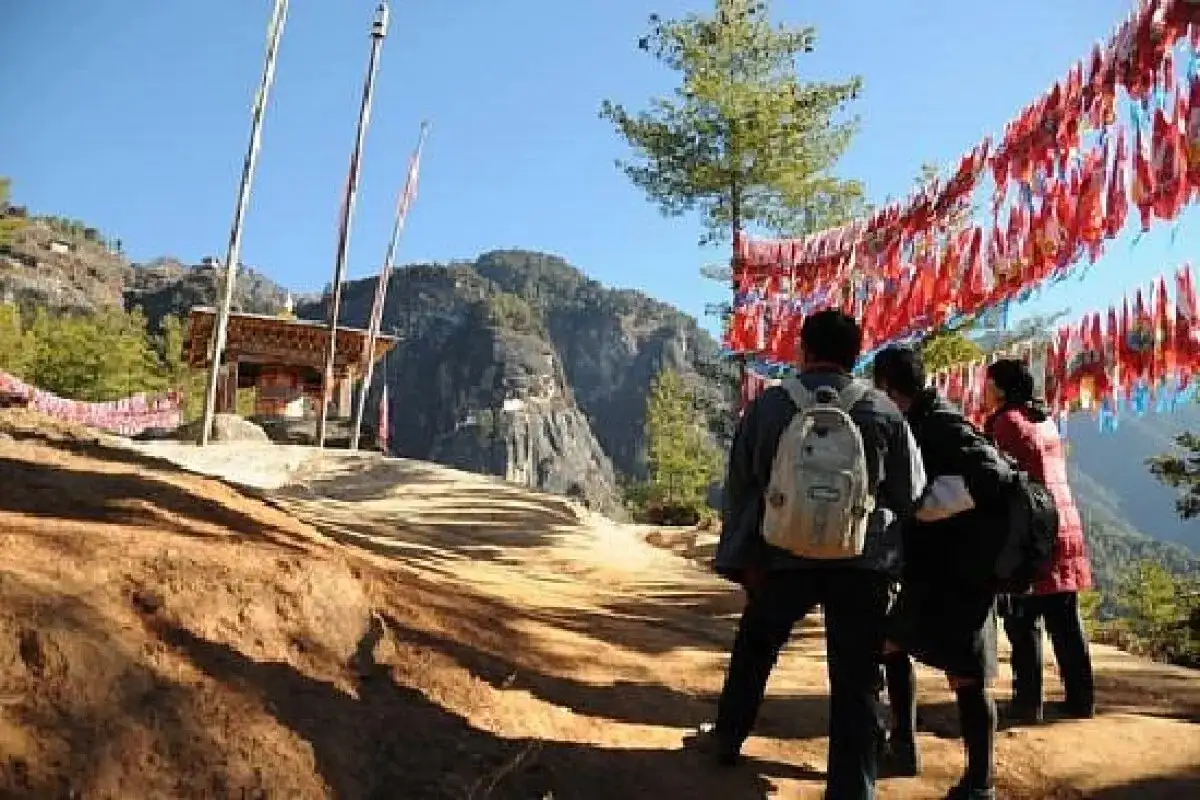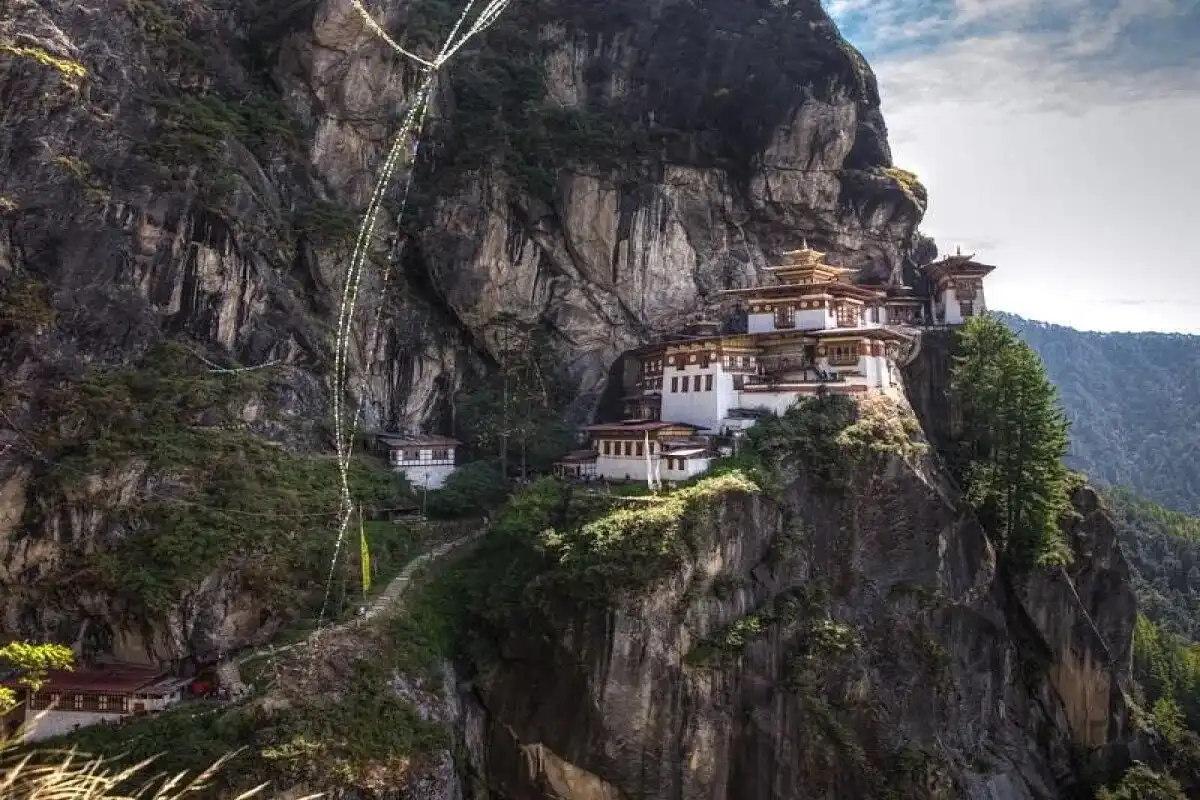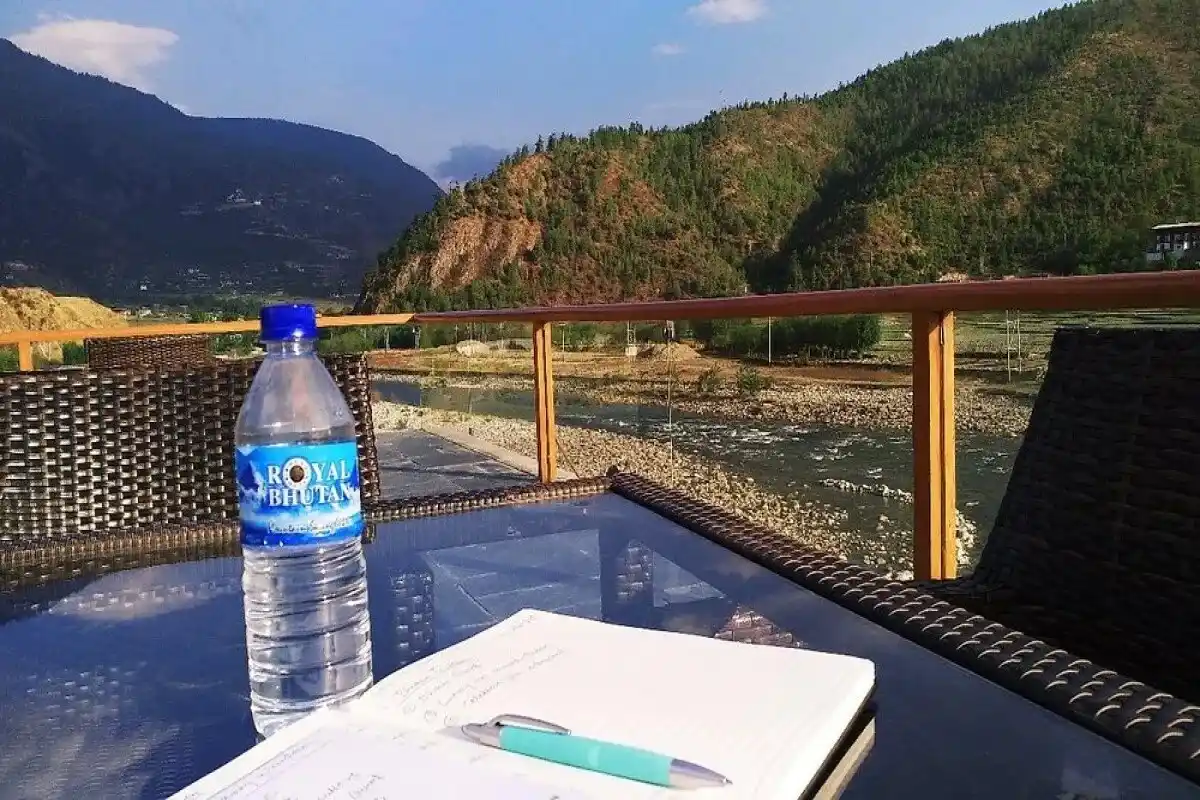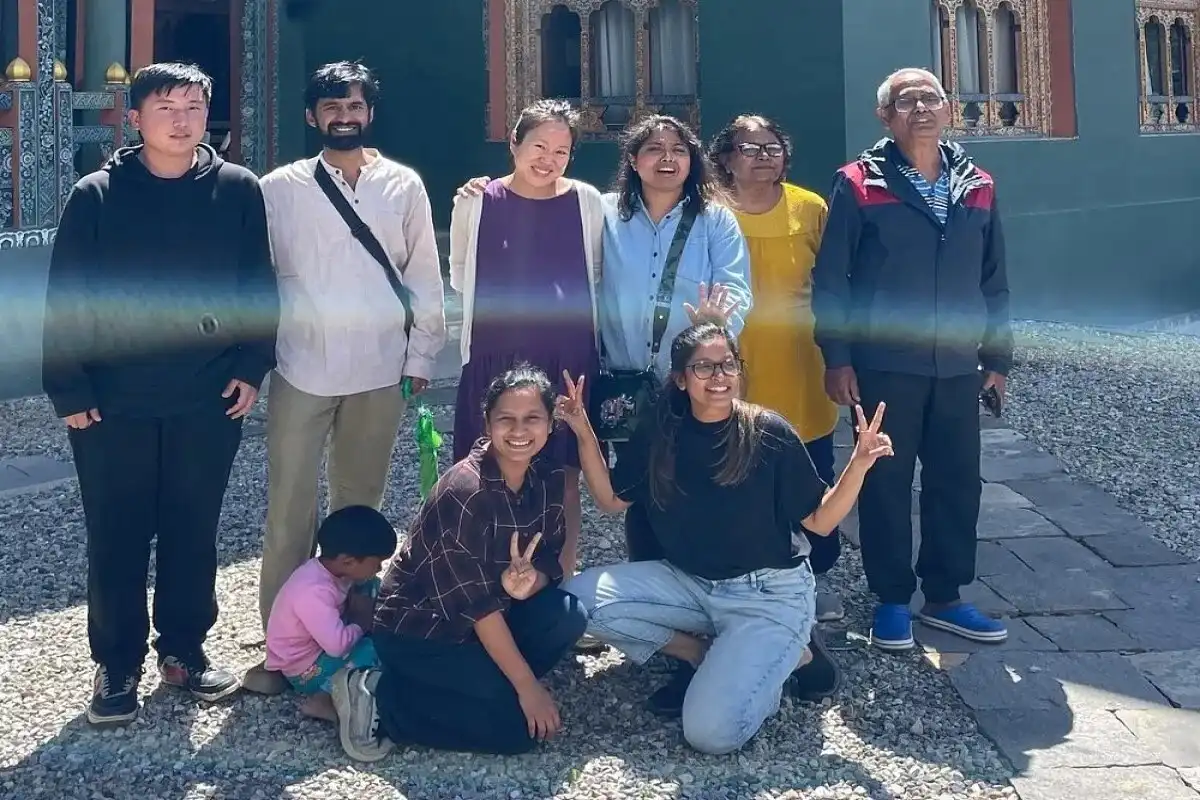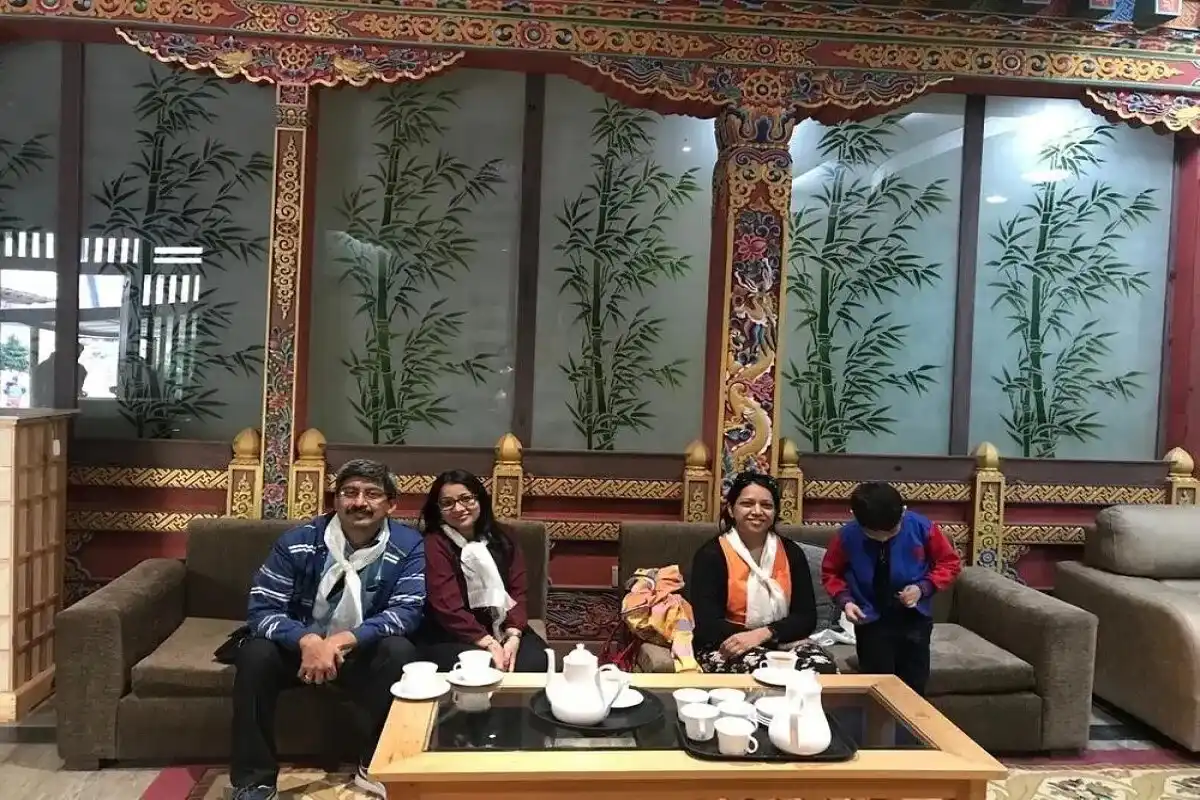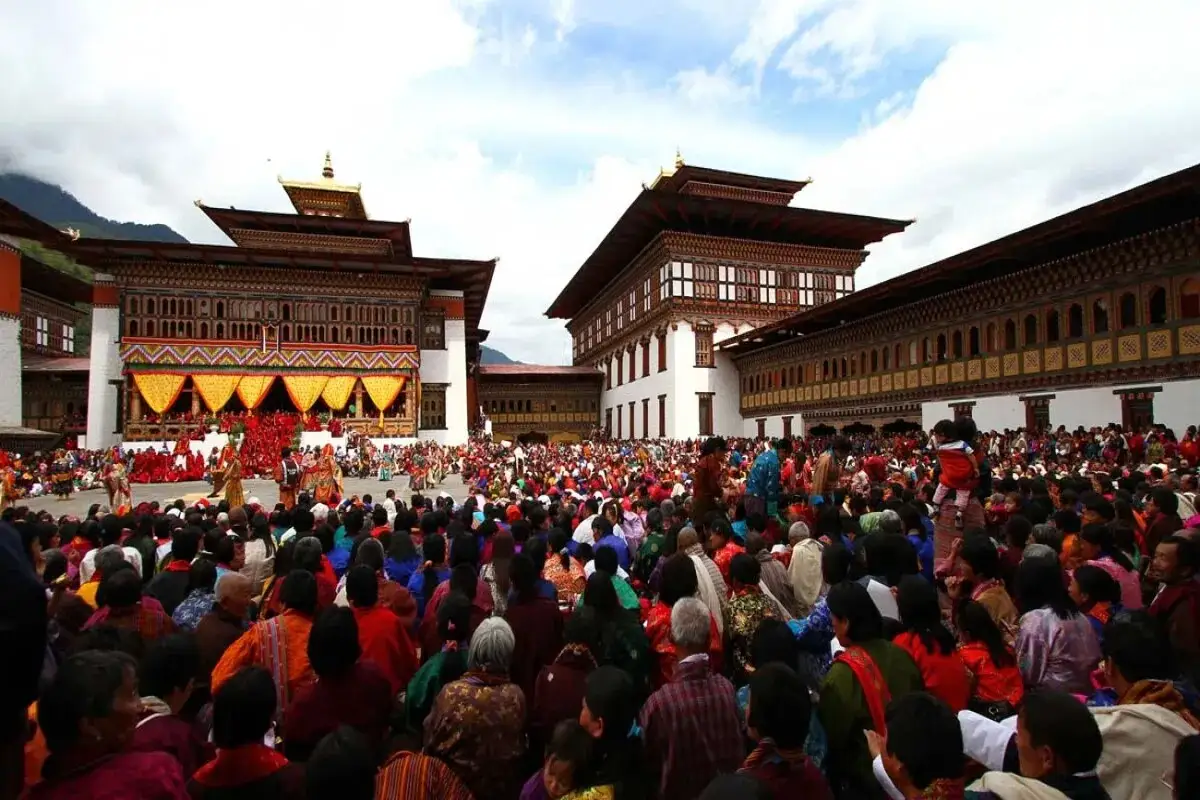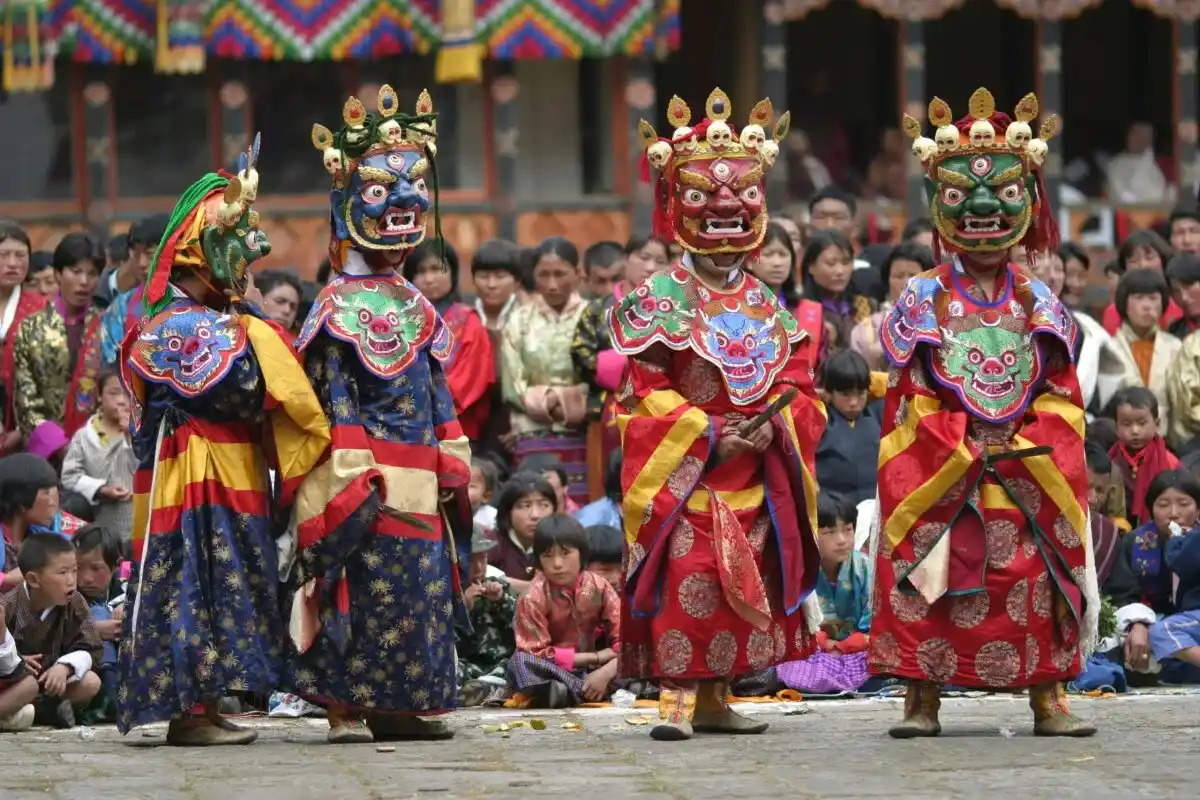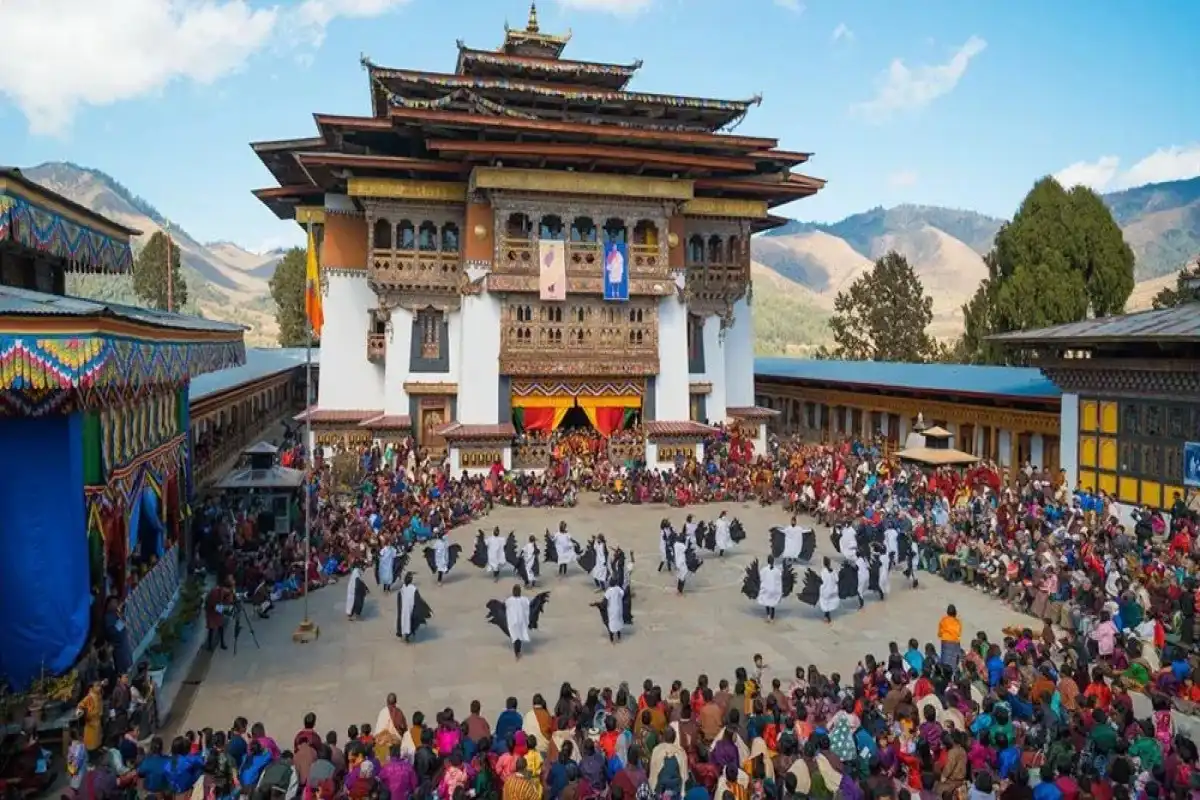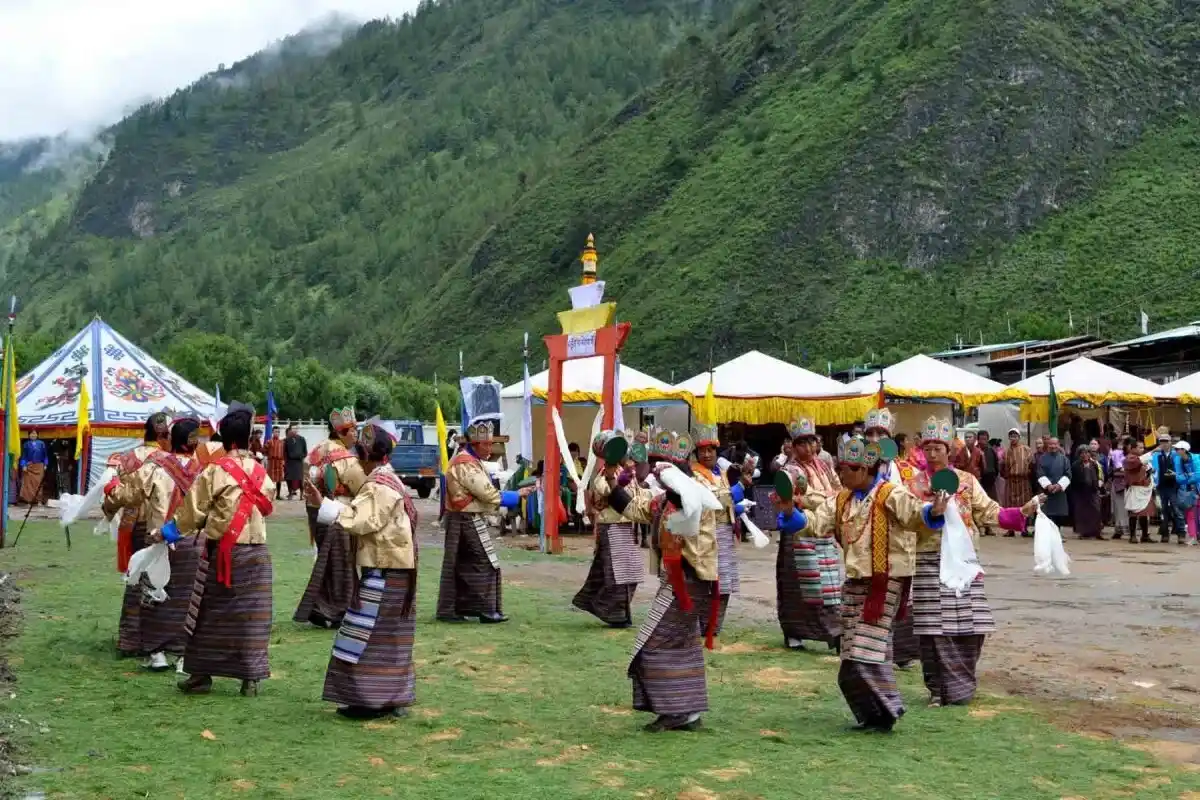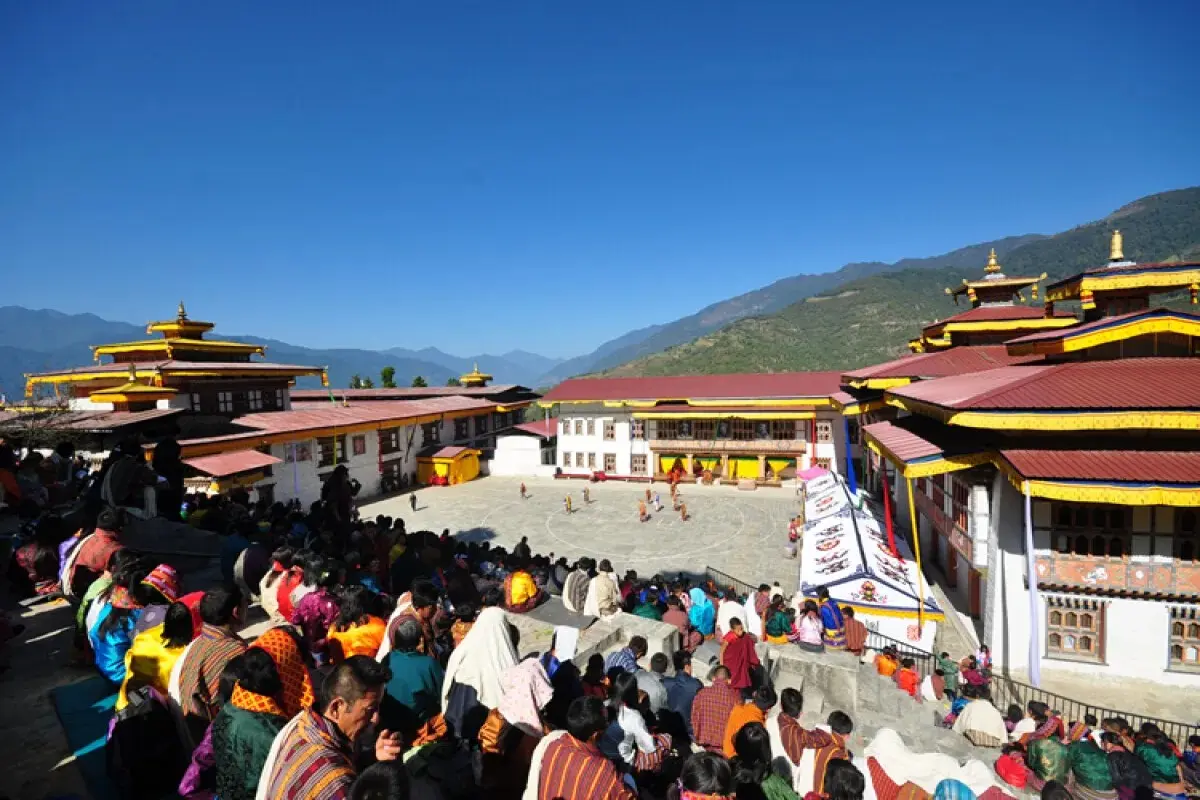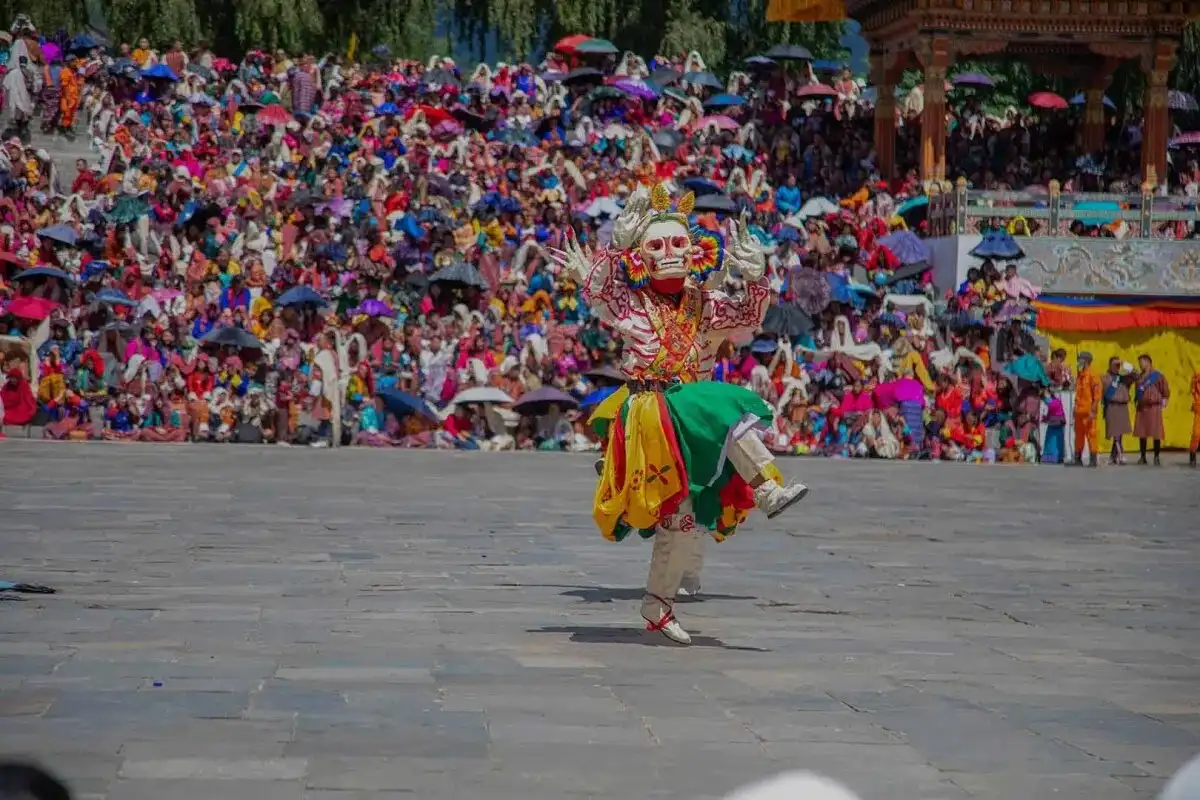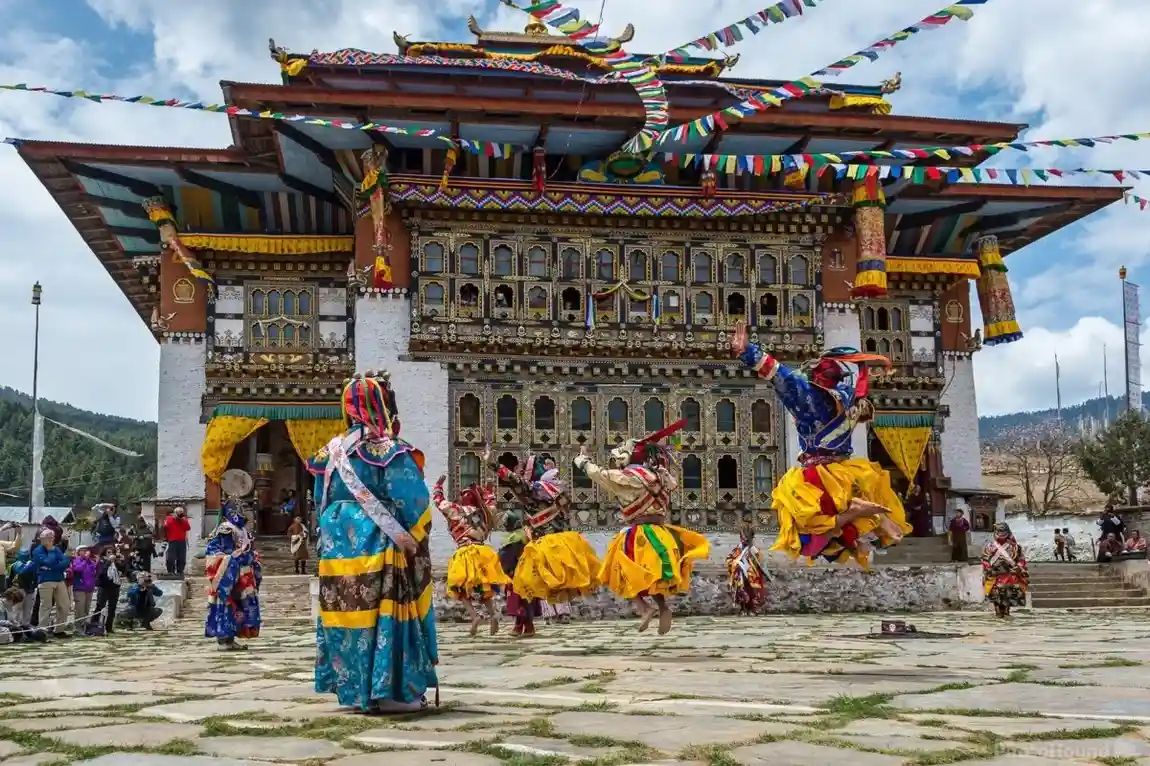Haa Summer Festival Tour - 8 Days
Haa Summer Festival is a renowned festival and a great opportunity to immerse yourself in Bhutan’s vibrant culture and breathtaking landscapes. Featuring traditional dances, ancient monasteries, and traditional customs, the Haa summer festival is a perfect opportunity for you to discover real Bhutan.
Highlights of Haa Summer Festival
- Witness Highland Nomads & Yak Herders and interact with locals
- showcase attire like the “kho” and participate in vibrant folk dances
- Visit to ancient monasteries
- Exploring major cities
- Participate in lighting butter lamps, hoisting prayer flags
Trip Overview
Haa festival tour will take you to the amazing destination of Bhutan. From Paro to Thimphu to Haa valley, you will be able to enjoy the beautiful Himalayas, rivers, and mountains. The Haa Summer Festival Tour is a beautiful eight-day journey. It will take you through Bhutan's culture and nature. You'll explore major places like beautiful valleys, cities, and monasteries. You'll be attending this festival in July. Similarly, you'll be celebrating with different rituals, folk dances, local sports, wearing traditional clothes, and enjoying fresh Bhutanese cuisine.
Haa Valley is surrounded by green mountains. You'll enjoy rivers and stunning views. The air is fresh, and nights are cold. This tour will include many relaxing activities as well. If you are looking to explore many opportunities in your life, then the Haa Festival Tour is perfect for you. This journey is guided. You'll be able to learn stories, lessons, and local customs. It is more than a sightseeing tour. It is a deep, joyful connection with Bhutan.
Highlights of the Haa Summer festival
Every day of the eight-day tour will be unforgettable because you will be participating in a variety of activities in addition to enjoying a summer festival. The following are some of the tour's highlights:
Witness Highland Nomads & Yak Herders and interact with locals
During your trip, you'll meet different people. You'll be meeting strong and friendly nomads and yak herders. They live in Bhutan's highlands. During the whole half summer festival, you'll be able to witness how the animals are taken care of. In the same way, the people who live in that region of Bhutan maintain a traditional touch in their daily lives. You can talk to them and find out about their mountainous way of life. This may be a unique approach to understanding Bhutanese culture. With this, you'll be able to connect well with the local people.
Showcase attire like the “kho” and participate in vibrant folk dances
You will have the chance to dress in traditional Bhutanese attire while on your festival tour. Gho is for men, and Kira is for women. The natives will teach you how to dance and let you experience the traditional outfit, and it's easy to rent the clothes. You will be joining in the fun and playful music and dance of Bhutan. You'll not only witness the festival but also be a part of the celebration. You'll be able to take part in some of the cultures and rituals of Bhutan.
Visit to ancient monasteries
Bhutan has many holy places to visit and explore. You will visit different monasteries like Lakhang Karpo, Gangtey Monastery, and Tiger Nest Monastery. These sites are packed with ancient stories. You can relax and learn about the Buddhist teachings. One of the peaks of the trip will be the enjoyment of the peaceful spirituality of the mountainous land of Bhutan. Bhutan isn't only about breathtaking natural scenery.
Exploring major cities
On the trip, you will go to the most wonderful cities in Bhutan. Paro is going to be the first city. You will arrive in Paro city. Thimphu, the capital of Bhutan, comes next. In Bumthang City, you can visit many ancient temples. It is the spiritual center of Bhutan. The places not only give an insight into the old traditions, but you are also experiencing the modern side of Bhutan there. You'll pass by lovely buildings, taste local foods, and learn about current life, all in one walk.
Participate in lighting butter lamps, hoisting prayer flags
The 8-day tour is about experiencing many rituals and traditions of Bhutan. Among them, you'll be participating in different traditional Bhutanese rituals. You'll light butter lamps to pray and seek blessings. This is mainly done for good luck and clear thinking. Similarly, you can also hang colorful flags. These carry good wishes with the wind. You can also take part in many spiritual activities. These activities help you connect to the local beliefs of Bhutan.
Where is Haa Valley, and Why Visit?
Haa Valley lies in the western part of Bhutan. It is near the border of Tibet. You will be driving 3 hours from Paro to reach Haa Valley. Haa Valley lies between beautiful mountains. It is one of the remotest and least visited places in Bhutan. There are clear rivers and high forests all around the valley.
Haa Valley is a peaceful place where you can observe the simple life of the locals. This valley is close to nature and tradition. You will have the opportunity to learn about the way of life of individuals such as highland nomads and yak herders. Bhutan's oldest temples, such as Lakhang Karpo, are located in the Haa Valley. The part of the country has less contact with the modern world and still has traditional roots deeply embedded. Haa Valley is the perfect reflection of traditional Bhutan.
Significance and origin of the Haa Summer Festival
The Haa Summer Festival honors the lives of those who reside in Bhutan's mountainous regions. It began as a community gathering for the residents of the Haa Valley. The majority of these people were nomads, farmers, and yak herders. But with time, it has become a special festival of Bhutan. This festival now also welcomes tourists and showcases the culture of Bhutan.
It captures everyday lives through their attire, food, and activities. You can participate in Sports like archery and yak riding, along with traditional music and folk dances. Bhutan's ancient customs and rituals have been preserved due to this festival. It teaches one about the different lifestyles of the highland people of Bhutan. You will be able to experience a joyful and cultural moment that brings all the people together in nature.
Nature & Scenery Around Haa Valley
Haa Valley immediately strikes as a beautiful and tranquil landscape. Summer in Haa Valley is full of colorful varieties of wildflowers blooming throughout the fields in Haa Valley. The rivers and streams of Haa Valley are another factor that augments the natural beauty of the place. The Haa Valley mountain ranges and thick forests are what add to the beauty of the valley and are also the areas that one can visit and enjoy. One of the nicest places in the valley is Chele La Pass, which sits among the local mountain peaks and has a fantastic view of the mountains. It is the highest motorable road in Bhutan. In a moderate climate, being outdoors is quite a pleasant thing you can do. Haa Valley is a perfect place for the person who seeks peace and enjoys beautiful nature.
Celebration of 2 days of the festival:
Day 1. Starting of the festival:
The Ha Summer Festival opens with a grand welcome ceremony on the first day. Local people dress up in traditional clothes. The air is filled with traditional music. The festival will bring the yak herding life. There you can taste a wide range of local dishes. Some of the local dishes include buckwheat pancake, yak cheese, and red rice. You can enjoy bonfires and dance circles in the evening.
Day 2 Celebrating Festival with Sports and Traditions:
On the second day, you will be able to witness some of the sports and rituals of Bhutan. There you can join in games of archery, dart throwing, and layup races. These games highlight the mountain life of Bhutanese people. During day 2, farmers and yak herders are paraded and honored. Young people perform mask dances. On day 2, flag hoisting ceremonies and lighting butter lamps are performed. The festival includes a spiritual blessing from local monks. Villagers join in and share a meal and tea. As the day ends, the festival ends with warm goodbyes from the locals and visitors.
Haa festival tour will take you to the amazing destination of Bhutan. From Paro to Thimphu to Haa valley, you will be able to enjoy the beautiful Himalayas, rivers, and mountains. The Haa Summer Festival Tour is a beautiful eight-day journey. It will take you through Bhutan's culture and nature. You'll explore major places like beautiful valleys, cities, and monasteries. You'll be attending this festival in July. Similarly, you'll be celebrating with different rituals, folk dances, local sports, wearing traditional clothes, and enjoying fresh Bhutanese cuisine.
Haa Valley is surrounded by green mountains. You'll enjoy rivers and stunning views. The air is fresh, and nights are cold. This tour will include many relaxing activities as well. If you are looking to explore many opportunities in your life, then the Haa Festival Tour is perfect for you. This journey is guided. You'll be able to learn stories, lessons, and local customs. It is more than a sightseeing tour. It is a deep, joyful connection with Bhutan.
Highlights of the Haa Summer festival
Every day of the eight-day tour will be unforgettable because you will be participating in a variety of activities in addition to enjoying a summer festival. The following are some of the tour's highlights:
Witness Highland Nomads & Yak Herders and interact with locals
During your trip, you'll meet different people. You'll be meeting strong and friendly nomads and yak herders. They live in Bhutan's highlands. During the whole half summer festival, you'll be able to witness how the animals are taken care of. In the same way, the people who live in that region of Bhutan maintain a traditional touch in their daily lives. You can talk to them and find out about their mountainous way of life. This may be a unique approach to understanding Bhutanese culture. With this, you'll be able to connect well with the local people.
Showcase attire like the “kho” and participate in vibrant folk dances
You will have the chance to dress in traditional Bhutanese attire while on your festival tour. Gho is for men, and Kira is for women. The natives will teach you how to dance and let you experience the traditional outfit, and it's easy to rent the clothes. You will be joining in the fun and playful music and dance of Bhutan. You'll not only witness the festival but also be a part of the celebration. You'll be able to take part in some of the cultures and rituals of Bhutan.
Visit to ancient monasteries
Bhutan has many holy places to visit and explore. You will visit different monasteries like Lakhang Karpo, Gangtey Monastery, and Tiger Nest Monastery. These sites are packed with ancient stories. You can relax and learn about the Buddhist teachings. One of the peaks of the trip will be the enjoyment of the peaceful spirituality of the mountainous land of Bhutan. Bhutan isn't only about breathtaking natural scenery.
Exploring major cities
On the trip, you will go to the most wonderful cities in Bhutan. Paro is going to be the first city. You will arrive in Paro city. Thimphu, the capital of Bhutan, comes next. In Bumthang City, you can visit many ancient temples. It is the spiritual center of Bhutan. The places not only give an insight into the old traditions, but you are also experiencing the modern side of Bhutan there. You'll pass by lovely buildings, taste local foods, and learn about current life, all in one walk.
Participate in lighting butter lamps, hoisting prayer flags
The 8-day tour is about experiencing many rituals and traditions of Bhutan. Among them, you'll be participating in different traditional Bhutanese rituals. You'll light butter lamps to pray and seek blessings. This is mainly done for good luck and clear thinking. Similarly, you can also hang colorful flags. These carry good wishes with the wind. You can also take part in many spiritual activities. These activities help you connect to the local beliefs of Bhutan.
Where is Haa Valley, and Why Visit?
Haa Valley lies in the western part of Bhutan. It is near the border of Tibet. You will be driving 3 hours from Paro to reach Haa Valley. Haa Valley lies between beautiful mountains. It is one of the remotest and least visited places in Bhutan. There are clear rivers and high forests all around the valley.
Haa Valley is a peaceful place where you can observe the simple life of the locals. This valley is close to nature and tradition. You will have the opportunity to learn about the way of life of individuals such as highland nomads and yak herders. Bhutan's oldest temples, such as Lakhang Karpo, are located in the Haa Valley. The part of the country has less contact with the modern world and still has traditional roots deeply embedded. Haa Valley is the perfect reflection of traditional Bhutan.
Significance and origin of the Haa Summer Festival
The Haa Summer Festival honors the lives of those who reside in Bhutan's mountainous regions. It began as a community gathering for the residents of the Haa Valley. The majority of these people were nomads, farmers, and yak herders. But with time, it has become a special festival of Bhutan. This festival now also welcomes tourists and showcases the culture of Bhutan.
It captures everyday lives through their attire, food, and activities. You can participate in Sports like archery and yak riding, along with traditional music and folk dances. Bhutan's ancient customs and rituals have been preserved due to this festival. It teaches one about the different lifestyles of the highland people of Bhutan. You will be able to experience a joyful and cultural moment that brings all the people together in nature.
Nature & Scenery Around Haa Valley
Haa Valley immediately strikes as a beautiful and tranquil landscape. Summer in Haa Valley is full of colorful varieties of wildflowers blooming throughout the fields in Haa Valley. The rivers and streams of Haa Valley are another factor that augments the natural beauty of the place. The Haa Valley mountain ranges and thick forests are what add to the beauty of the valley and are also the areas that one can visit and enjoy. One of the nicest places in the valley is Chele La Pass, which sits among the local mountain peaks and has a fantastic view of the mountains. It is the highest motorable road in Bhutan. In a moderate climate, being outdoors is quite a pleasant thing you can do. Haa Valley is a perfect place for the person who seeks peace and enjoys beautiful nature.
Celebration of 2 days of the festival:
Day 1. Starting of the festival:
The Ha Summer Festival opens with a grand welcome ceremony on the first day. Local people dress up in traditional clothes. The air is filled with traditional music. The festival will bring the yak herding life. There you can taste a wide range of local dishes. Some of the local dishes include buckwheat pancake, yak cheese, and red rice. You can enjoy bonfires and dance circles in the evening.
Day 2 Celebrating Festival with Sports and Traditions:
On the second day, you will be able to witness some of the sports and rituals of Bhutan. There you can join in games of archery, dart throwing, and layup races. These games highlight the mountain life of Bhutanese people. During day 2, farmers and yak herders are paraded and honored. Young people perform mask dances. On day 2, flag hoisting ceremonies and lighting butter lamps are performed. The festival includes a spiritual blessing from local monks. Villagers join in and share a meal and tea. As the day ends, the festival ends with warm goodbyes from the locals and visitors.
Short Itinerary
Arrive in Paro, explore Paro Valley
Drive to Thimphu, visit Buddha Dordenma, Tashichho Dzong and Memorial Chorten
Travel to Punakha , visit Punakha Dzong and Suspension Bridge
Explore Wangdue Phodrang and Gangtey
Return to Paro, visit Ringpung Dzong and National Museum
Drive to Haa , enjoy the Haa Summer Festival and local culture
Hike to Tiger’s Nest Monastery, visit Kyichu Lhakhang
Depart from Paro
Haa Summer Festival Tour Itinerary
You will land at Paro International Airport. You will be greeted and assisted with your luggage by a guide. Then you'll first check into your hotel. And then get some rest after a tiresome flight. From where you stay, you can take in the wonderful view of Paro Valley. In the evening, you can go on a stroll along the streets of Paro. You can go around the market, which only happens on the weekends, in Paro. There, you can search for different handicrafts and clothes. After this, you can relax in the peaceful environment of Paro Valley.
You will travel to Thimphu in the early morning. Then you'll first visit Buddha Dordenma. It is Buddha's largest golden statue. You can take in the view of the entire city from there. You will then visit the Tashichho Dzong. The Bhutanese government is in this castle. You can go for a walk in the peaceful courtyard of the Dzong. Afterwards, you will visit the National Memorial Chorten. It is a white stupa built in memory of Bhutan's third king. There you can learn about the history of Bhutan. After this, you can join locals and walk around the stupa. You can participate in prayer and seek blessings. Then you'll head to the Folk Heritage Museum. There you'll be able to understand how Bhutanese people lived in the past. Then, you can return to your hotel and enjoy the quiet evening.
On the third day, your journey will begin from Thimphu. From here, you will travel to the Punakha Valley. Firstly, though, you will halt at the Dochula Pass. Besides being a pass, it is very famous for its incredibly nice sights of the Himalaya mountains. You will get the chance to explore the 108 stupas. You can take pictures and capture the moment. You will visit the Punakha Dzong after arriving at Punakha. It's the Palace of Great Happiness. It is situated between the Pho Chhu and Mo Chhu rivers. It is among Bhutan's finest monuments. Then, you will walk to the Punakha Suspension Bridge. It is the longest bridge in Bhutan. The bridge offers a view of the rivers and the prayer flags.
In the morning, you will start our journey to Wangdue Phodrang from Punakha by crossing beautiful places on the way. You will first visit Wangdue Phodrang, and it is a perfect place to take in mountain views and get some idea of the everyday life of Bhutan. It is an ancient castle.
After that, you will pass through the countryside and traditional villages before stopping at the picturesque Gangtey Valley. It is also known as Phobjikha Valley. Then you will stop at the Gangtey Monastery. It is the local hub for monks to practice their meditations and offer up their prayers, and is open to visitors. You can take a walk around the quiet scenery to get to know its spiritual importance.
Here, the climate is clear, and if you are looking for a place to relax, then this place is your ideal choice.
Today, you'll leave Gangtey Valley. After this, you'll begin your drive back to Paro. You'll go through mountain passes and forest hills. Once you arrive in Paro, you'll visit Ringpung Dzong. It is a historic fortress. You can explore temples and get a view of the monks and their daily life. With this, you'll visit the National Museum of Bhutan. This place stores ancient art, local tools, and marks. In the evening, you can explore local snacks.
Today, you will have breakfast in the beautiful Paro Valley. Then you will drive to the Haa Valley. You will be driving through Chele-La Pass. It is Bhutan's highest motorable road. Along the route, you will be able to take in the stunning Himalayas. You can enjoy the Haa Summer Festival after you arrive in Haa Valley. You can enjoy the folk dances, yak shows, and archery. You can even try the local food of Bhutan. After the joyful day, you will return to Paro in the evening.
In the morning, you can have fun in Paro and enjoy the clean air there. In the afternoon, you will be hiking to the Tigers' Nest. It is situated on a cliff. The scenery it offers is stunning. Tiger's Nest Monastery is an extraordinary place to visit on the trip. You can have a rest at the monastery. Then you will visit Kichu Lakhang as well. The temple reflects the oldest history of Bhutan. This is the place that still holds faith in Bhutan. You can walk around and explore the temple. In the evening, you can treat yourself to a traditional Bhutanese hot stone bath. This will help you to refresh your body after a full day of physical activities.
On your final day, you can have breakfast with an amazing view of Paro valley. You can start your day by strolling around Paro Valley. You can look for souvenirs to take home. You can also take a short walk to visit the local temple in Paro. Then you will check out of your hotel and head to Paro International Airport. While leaving, you will be treated with the best hospitality. On the way back home, you will be able to take memories and experiences.
Know Before You Travel
-
Celebration of 2 days of Haa Summer festival:
Day 1:Starting of the festival
The Ha Summer Festival opens with a grand welcome ceremony on the first day. Local people dress up in traditional clothes. The air is filled with traditional music. The festival will bring the yak herding life. There you can taste a wide range of local dishes. Some of the local dishes include buckwheat pancake, yak cheese, and red rice. You can enjoy bonfires and dance circles in the evening.
Day 2 :Celebrating Festival with Sports and Traditions
On the second day, you will be able to witness some of the sports and rituals of Bhutan. There you can join in games of archery, dart throwing, and layup races. These games highlight the mountain life of Bhutanese people. During day 2, farmers and yak herders are paraded and honored. Young people perform mask dances. On day 2, flag hoisting ceremonies and lighting butter lamps are performed. The festival includes a spiritual blessing from local monks. Villagers join in and share a meal and tea. As the day ends, the festival ends with warm goodbyes from the locals and visitors.
Haa Summer Festival Tour Map
Download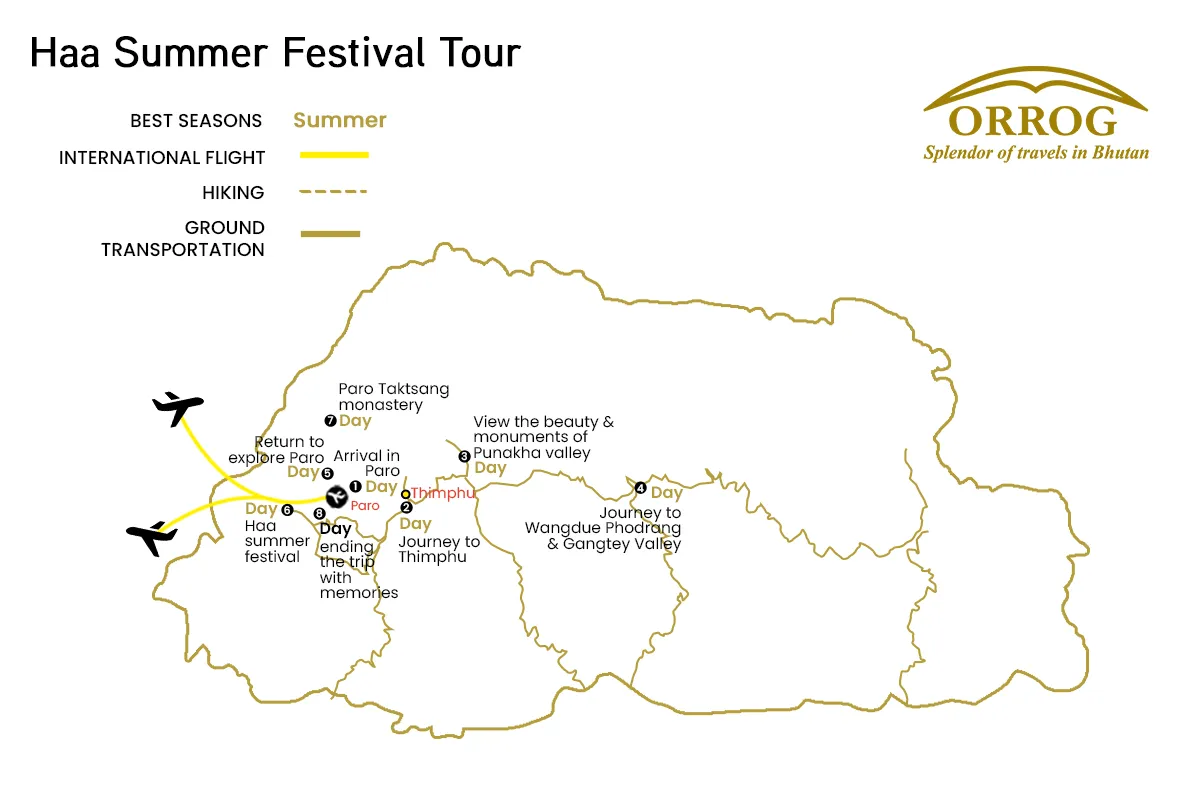
FAQs for Haa Summer Festival Tour
Haa festival is generally held in July. In 2025, the Haa festival is scheduled for July 5. It is 2 days of the festival. So you can enjoy the Haa festival on July 5th and 6th.
Haa Valley is positioned in the west of Bhutan at a distance of 65 kilometers from Paro; the Paro to Haa journey requires 3 hours by road.
The Haa Valley has moderate weather as the valley is at a high elevation. The atmosphere is cooler and pollution-free. High up there, it is sunnier during the day. When the sun goes down, you will feel the weather is cooler. When it is through July, the Ha Valley will have a perfect climate in which the green mountains are visible.
Homestays are comfortable for all travelers traveling to Bhutan. Homestays in Haa Valley are clean and welcoming. The homes are simple with a traditional Bhutanese touch. You'll be able to feel the friendly welcome. In the same way, home-cooked meals will provide you comfort. The homestays provide you with nice accommodations and beds, among other relaxing facilities.
You can wear traditional attire during the festival. In the celebration, all people around wear traditional Bhutanese costumes. Females can wear Kira, and males can wear Gho.
Yes, the tour includes physical activities. You will be taking on easy physical activities like hiking to Tiger Nest Monastery. Similarly, you will be taking nature walks in Pobjikha Valley. Other than this, you will also be taking part in archery as a physical activity. Due to this, comfortable walking shoes are recommended for you.
The main cuisine during the Haa festival is Bhutanese cuisine. The Haa Summer Festival will involve you in the local Bhutanese food and drinks. The kinds of food are limited and are especially found in the Haa Valley. You can enjoy mountain foods such as yak meat, red rice, buckwheat, pancakes, and butter tea. Every food on the menu is made from local ingredients.
You need a visa and all necessary permits for your trip. These documents can not be received on the day of your arrival, so they must be processed before coming here. After you book a trip with us, we will manage these papers for you. Your Bhutan visa is arranged by Orrog as part of the package.
The main way to come to Bhutan is through Paro International Airport, which is well-connected to cities like Bangkok, Delhi, Kathmandu, and Singapore. Most people arrive by air, but if you plan to come via road, you can enter through Phuentsholing, located on the southern border with India, which is the most commonly used entry point.
It is recommended to apply for the visa at least 20 days before your planned departure date so that there is enough time for processing your Bhutan visa, finalizing your itinerary, and arranging your guides and transportation. Although visa processing itself is relatively fast once payment is received, early preparation helps avoid delays and ensures availability, especially during peak seasons (spring and autumn).
You don’t require a passport-size photo for the visa, but it is wise to carry at least 2–4 recent passport-sized photographs during your trip. These may be needed for local permits, registration, or when applying for a local SIM card upon arrival in Bhutan.
Yes, you can lengthen your stay in Bhutan either before or after your trip. Bhutan’s tourism model requires visitors to pay a Sustainable Development Fee (SDF) and a daily package cost, so any extra days will involve additional charges. Extensions are a great opportunity to explore cultural sites in Paro, Thimphu, or even add another short trip or day hike.
Yes, Bhutan requires full tour payment in advance before your visa can be processed and issued. The government of Bhutan regulates this policy to ensure that all travel arrangements are confirmed through a licensed Bhutanese tour operator. We are a licensed tour operator that ensures you have everything you need for a trouble-free trip.
Any personal expenses are not covered in the package like:
- Tips for your guide and other staff
- Bottled drinks and snacks(personal expense)
- Souvenirs or local crafts
Credit cards are easily accepted in major cities like Paro and Thimphu. But in remote areas, you may not have access to a card or an ATM. So, it is best to carry some cash before heading for the trip.
Tipping is not mandatory, but it is a widely appreciated gesture and a customary way to show gratitude for good service. The tipping guideline would be to give USD 5-10 per day as a tip for the guides and other staff.
Paro International Airport is the only international airport in Bhutan. It is well connected by flights from cities like Bangkok, Delhi, Kathmandu, and Singapore.
Yes, airport pick-up and drop-off are included in the package. We will have your guide and driver meet you at the airport and transport you to your hotel.
While Bhutan's roads are mostly paved, some parts are narrow, winding, and occasionally affected by weather. However, we ensure your travel is safe, well-maintained, and driven by an experienced professional throughout the journey.
Once you arrive in Paro, we will arrange private ground transportation to the starting point as we pass through lush valleys and traditional villages. So, you don’t have to worry about any transportation services.
Yes, it is very safe to travel even with children in Bhutan. Roads are well-maintained, and the pace of travel is generally relaxed and child-friendly.
We will usually travel in comfortable, private vehicles with experienced drivers. All ground transportation is included in your package.
The Bhutanese Ngultrum is used in Bhutan. All local transactions during the trip will be in BTN.
US Dollars (USD) are generally accepted at larger hotels, souvenir shops, and tour operators, particularly in Paro and Thimphu. However, it’s advisable to convert your currency to BTN for general purchases in rural areas. Other currencies like the Euro or the Pound are not commonly accepted directly.
No, credit or debit cards are not accepted on the trip, as it takes you through remote regions with no banking or electronic payment access. All trip-related payments like accommodation, meals, permits, etc, are paid in advance.
You can exchange foreign currency at the Paro International Airport, at banks, or through licensed money changers in cities like Thimphu and Paro. It's best to exchange enough cash before heading out on the trip.
The national language is Dzongkha, but many Bhutanese also speak English. If you speak English and are worried about communicating with the local people, you will have your guide as a translator.
Yes, all licensed tour guides in Bhutan are required to speak fluent English. Many are also trained in other languages such as German, Japanese, or French. Communication during the trip will be smooth and clear in English.
Most signboards, tourist maps, and information brochures are written in English, especially in tourist destinations like Paro, Thimphu, and trailheads. Directional signs along routes are often labeled in both Dzongkha and English.
No, learning Dzongkha is not at all needed for the trip, but knowing a few basic words like "Kuzu zangpo la" (Hello) or "Kadrinche la" (Thank you) is a good way to interact with the locals.
Language barriers are minimal, as your guide will handle all communication with locals and support staff. Your guide will translate for you during your interaction with the locals.
To greet people, you can greet with locals “Kuzu zangpo la” (Hello) by performing a slight bow. Most common greetings include physical greetings, such as shaking hands less visible, especially in rural areas.
Yes, but remember to seek permission, especially when taking photos of monks, locals, or temples. Please note that clicking photos is not allowed at most religious sites.
Visitors should dress modestly and respectfully. This means:
- Covering shoulders and knees
- Removing hats and sunglasses
- Not wearing shorts or sleeveless tops
This applies to both men and women.
Yes, Bhutanese society is deeply rooted in Buddhism and tradition. Here are some key taboos:
- Do not point your feet at people or sacred objects
- Never touch anyone on the head, as it is considered sacred
- Walk clockwise around temples, stupas, and religious monuments
- Avoid public displays of affection
While gifts are not expected, they may be accepted graciously if given with respect. It is advisable to consult with the guide before giving out anything.
Bhutan typically uses Type C, Type D, and Type G electrical outlets. Standard safe voltage is 230V and frequency is 50Hz; therefore, ensure that your equipment is compatible with this voltage.
Indeed, it is highly advised to take along a universal travel adapter, particularly one to fit a variety of types of plugs, because plugs can be different in a hotel or a guesthouse.
Bhutan follows Bhutan Time (BTT), which is UTC/GMT +6 hours. This time zone remains consistent throughout the year.
No, Bhutan does not observe daylight saving time. The country maintains the same time year-round.
Bhutan is 30 minutes ahead of India. For example, 12:00 PM in India is 12:30 PM in Bhutan.
Yes, souvenirs can be bought in Paro or Thimphu before or after the trip.
Some popular souvenirs include hand-woven textiles (kira and gho fabric), prayer flags, thangka (religious scroll) paintings, handmade paper products, traditional masks, and Buddhist artifacts.
You can do some gentle bargaining in local street markets. However, in government-run shops and fixed-price stores, prices are usually non-negotiable.
Only some larger shops in cities like Paro and Thimphu accept credit cards. The remote areas might not have a card payment option, so we suggest that you carry some cash.
Yes, you can easily purchase a SIM card upon arrival in Bhutan. We will assist you with the process, and you'll need a passport copy and a passport-sized photo.
No, internet access is not available during the trip. However, Wi-Fi is available in hotels in Paro and Thimphu before and after the trip.
B-Mobile (by Bhutan Telecom) and TashiCell are the two main service providers. B-Mobile tends to have better coverage in rural and mountainous areas
Since the weather can be unpredictable and temperatures can vary drastically, layered clothing is essential. You should pack:
- Base layers (thermal tops and bottoms)
- Insulating layers like fleece or down jackets
- Waterproof and windproof outer layers
- Warm hats, gloves, and neck gaiters for freezing conditions
- Moisture-wicking socks and weatherproof trekking boots
Nighttime temperatures can be extremely cold, especially at high-altitude places. So you need to have enough clothing to keep you warm.
The weather is clear with mild daytime temperatures during spring and autumn.
Reviews & Ratings
-
Guarantee -
Thimphu,Bhutan -
975+17160228
Ready to Explore Bhutan?
Start your journey today and discover the magic of Bhutan with our expert guides and carefully crafted tours.
Book This Trip
-
No booking or credit card fees -
Best price guarantee -
Full customize trip
Ask a Question
Feel free to ask us anything about this tour. A travel expert will then get back to you as soon as possible
Ready to Explore Bhutan?
Start your journey today and discover the magic of Bhutan with our expert guides and carefully crafted tours.
